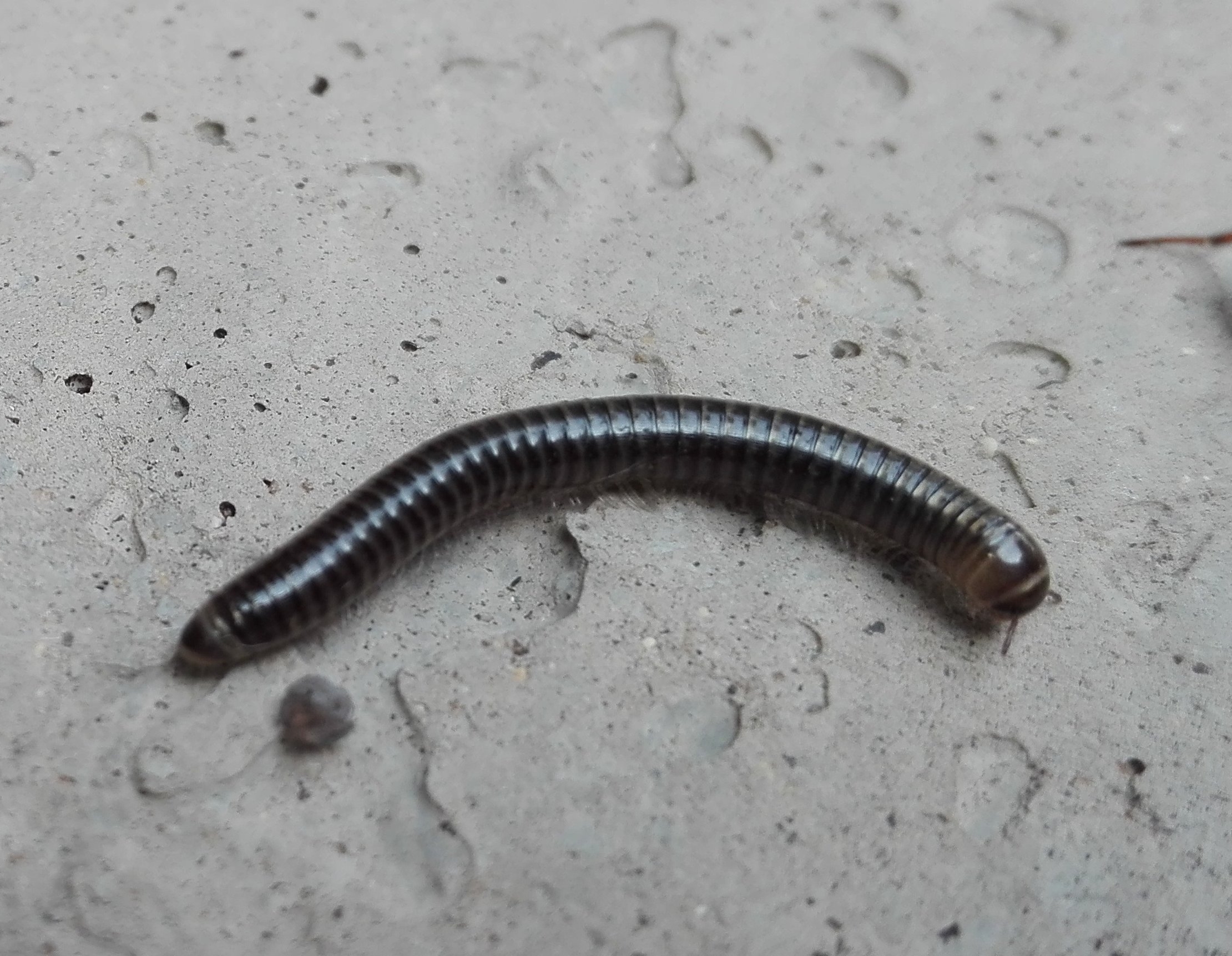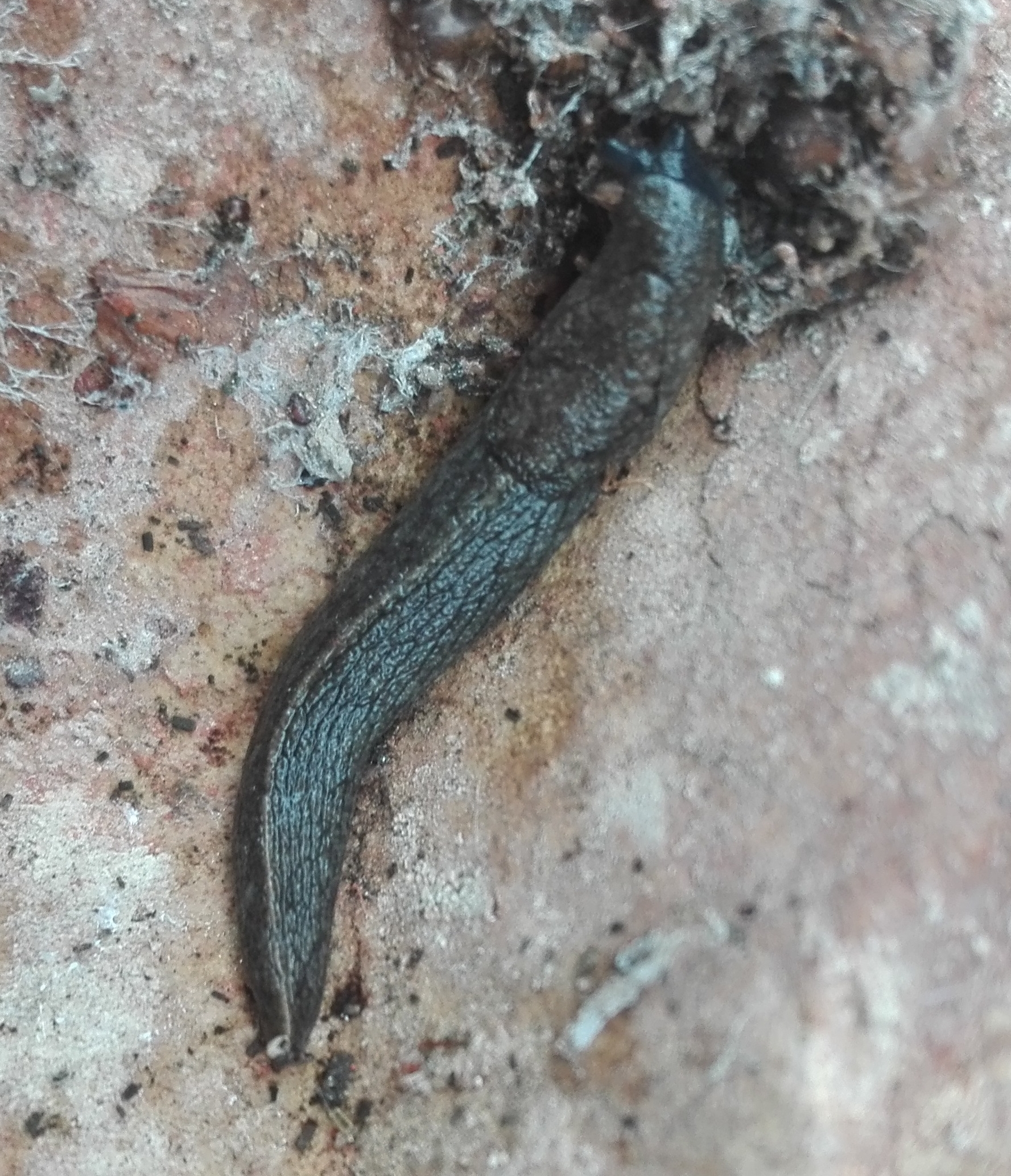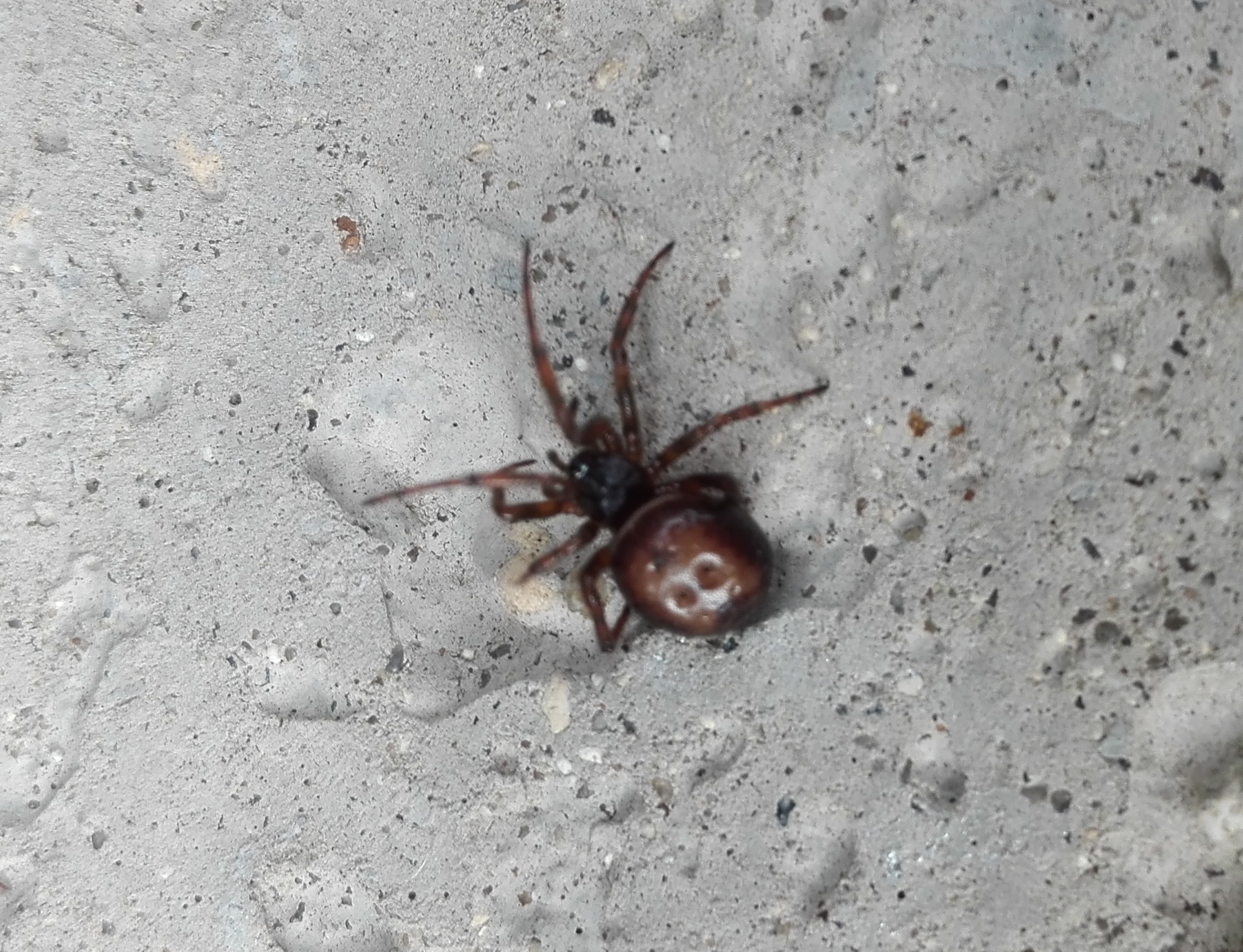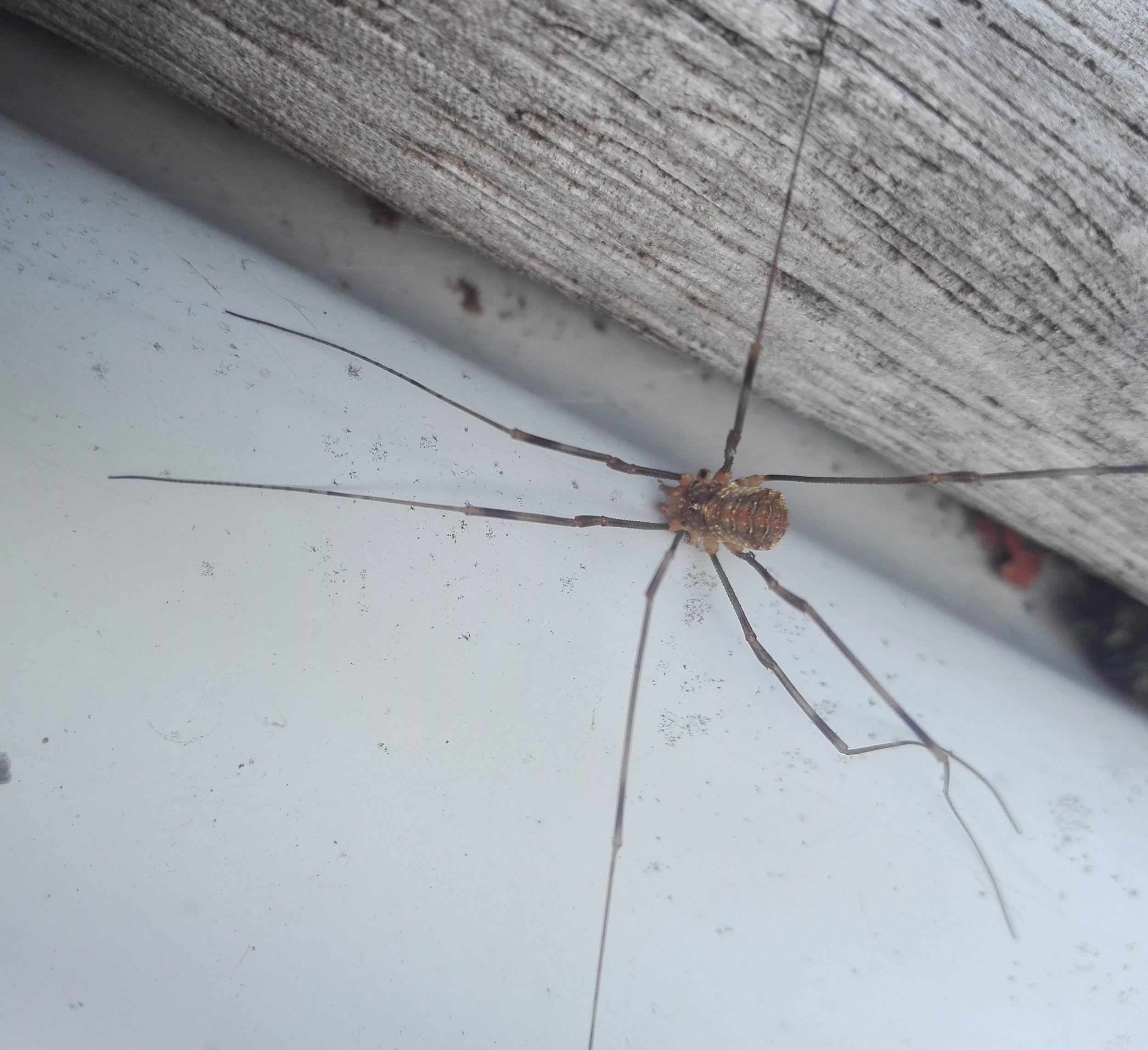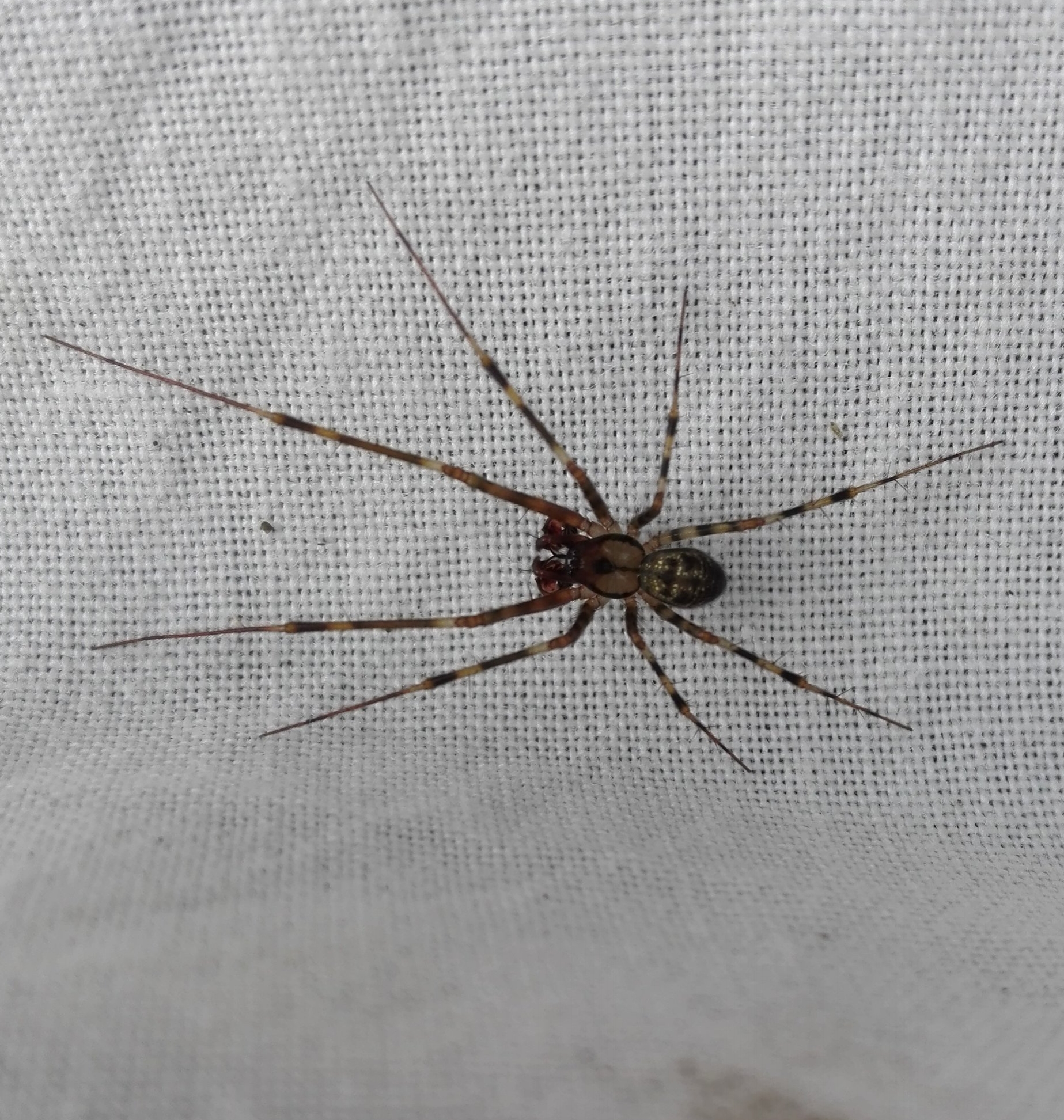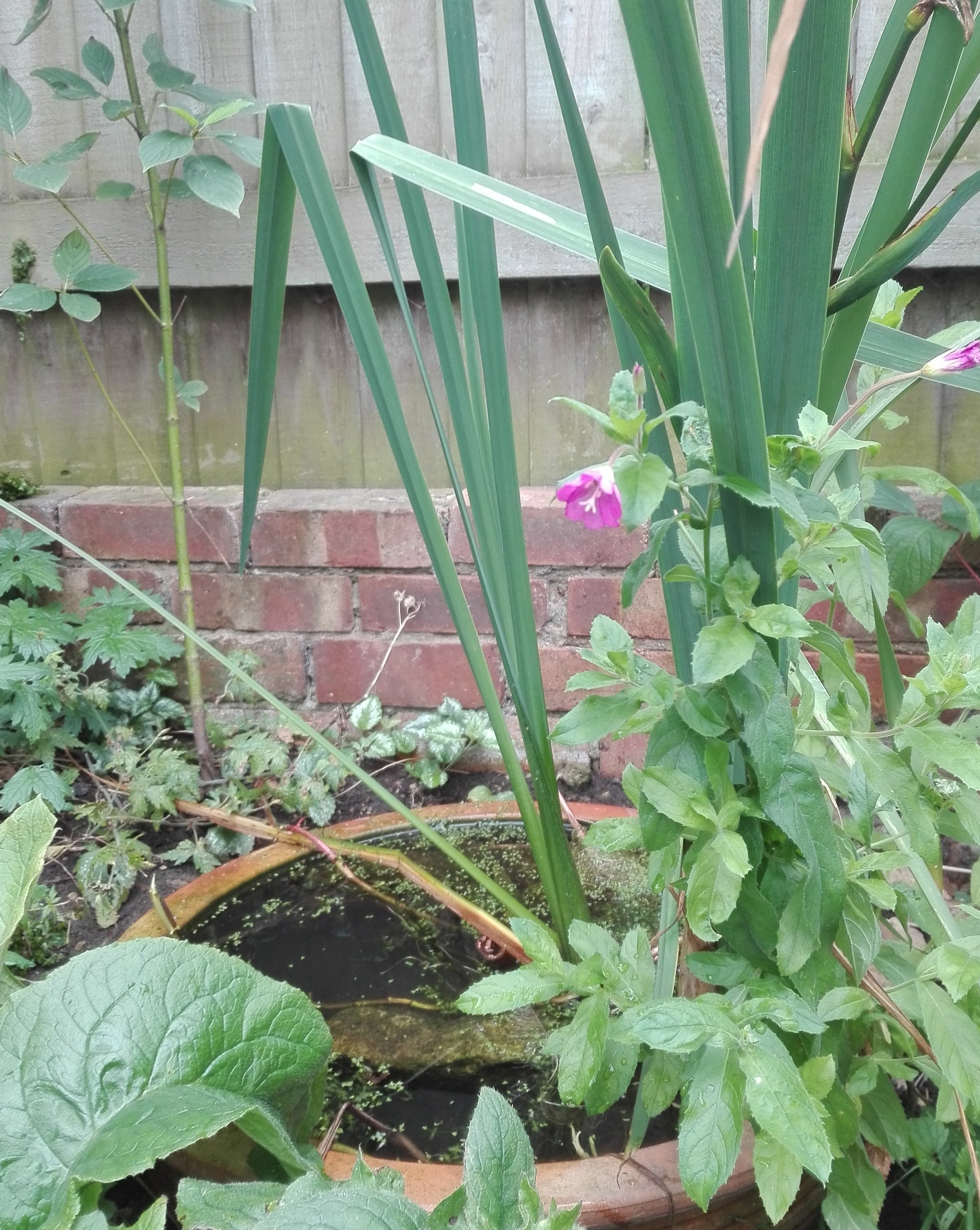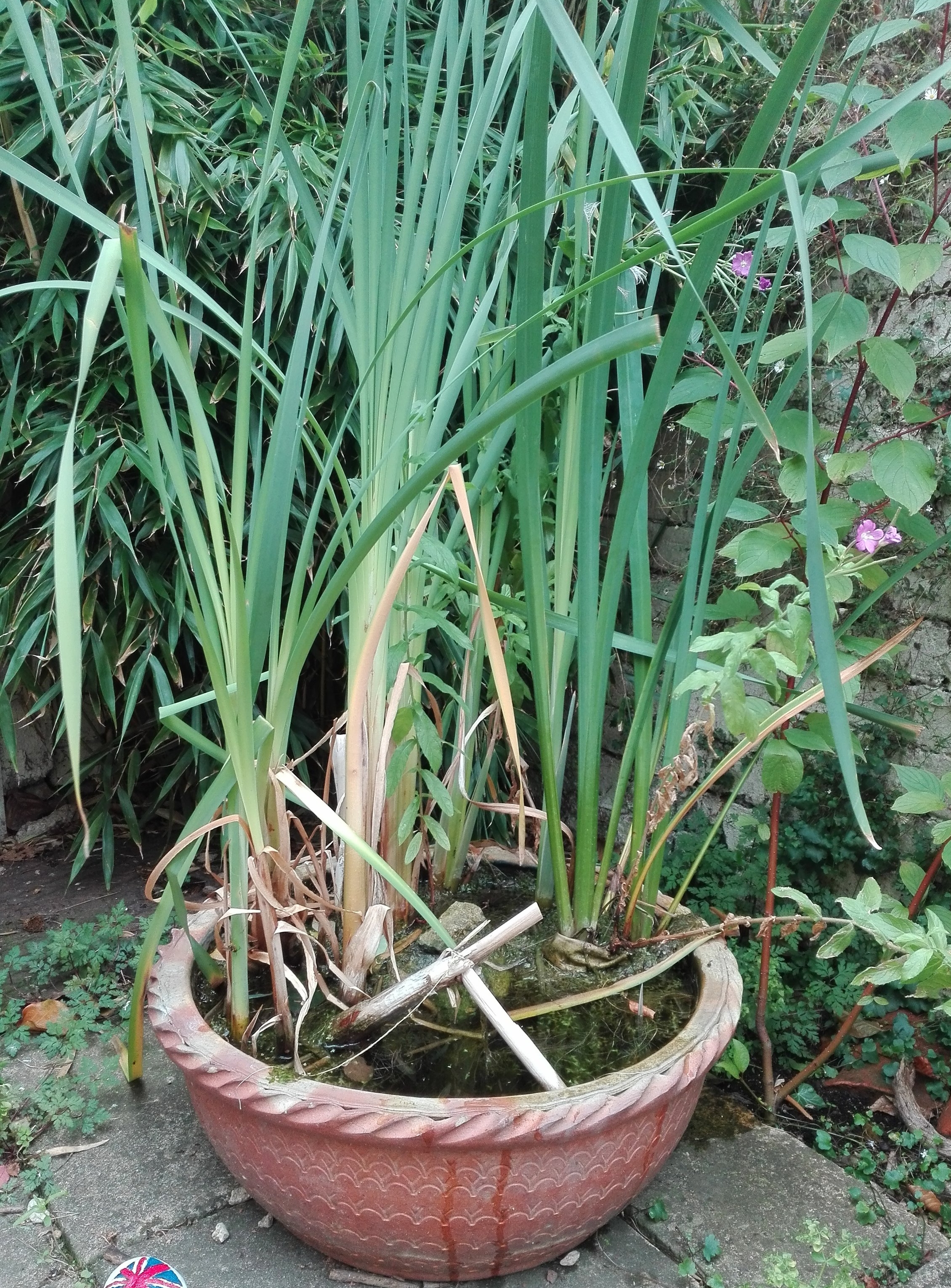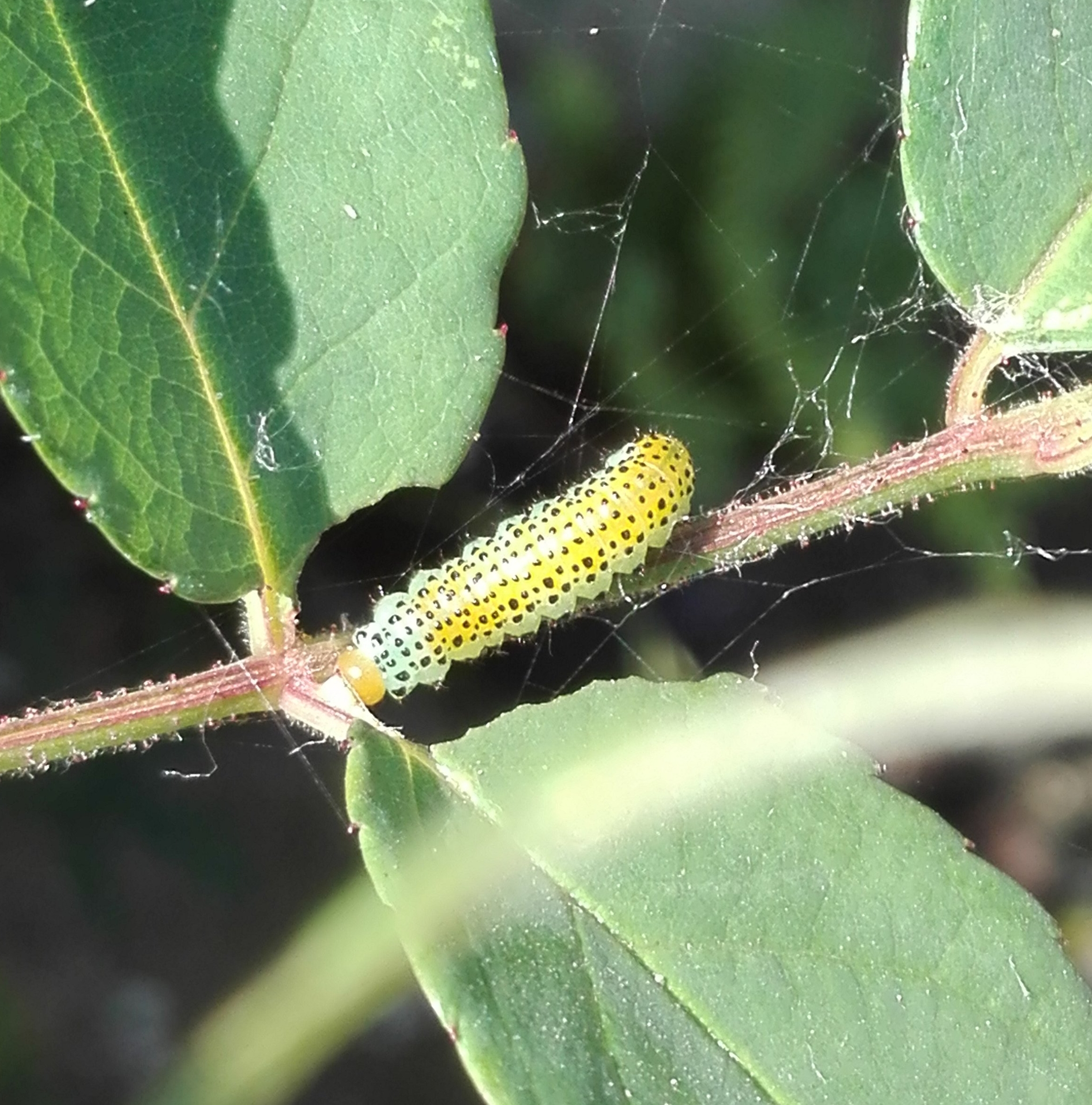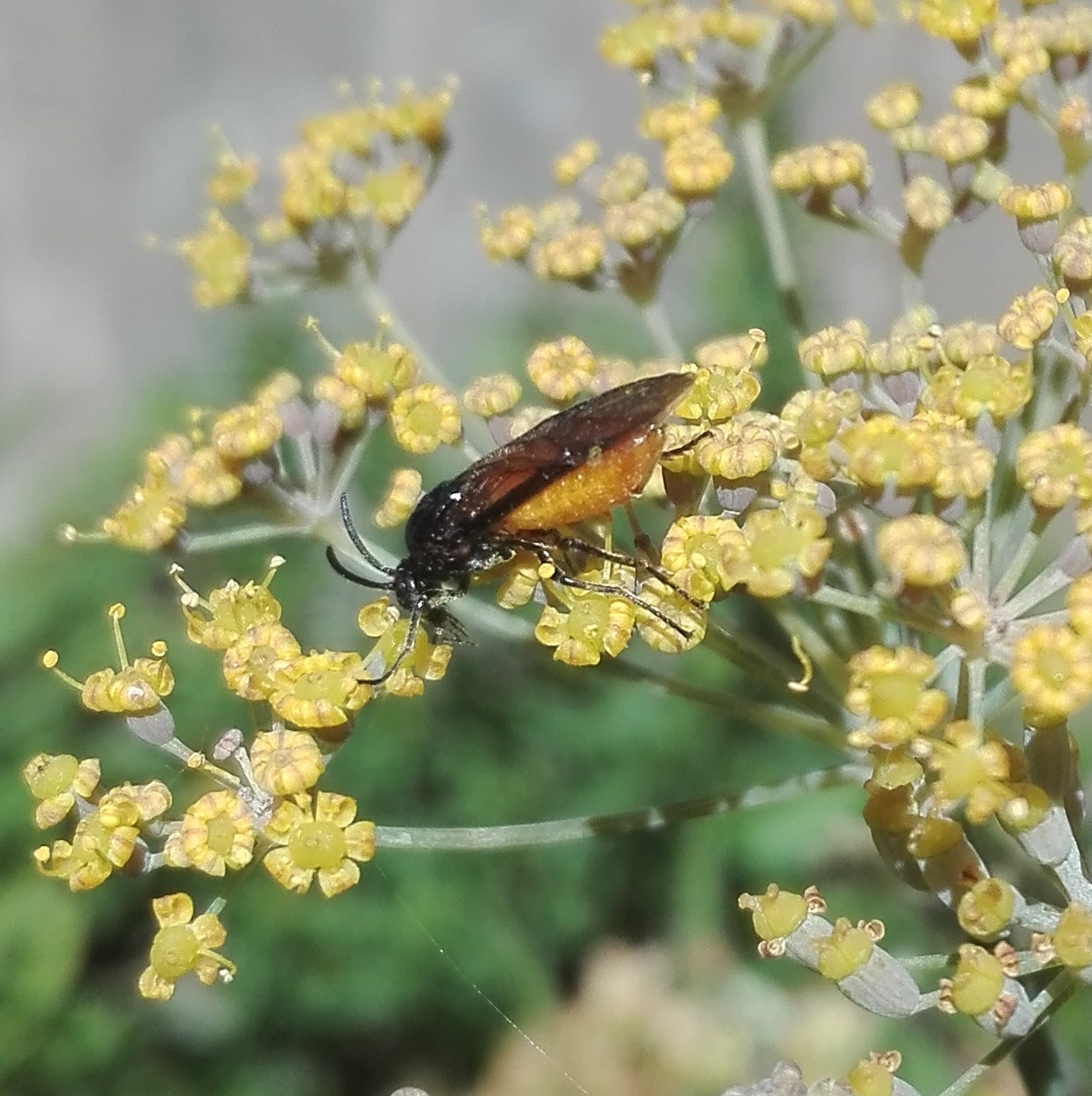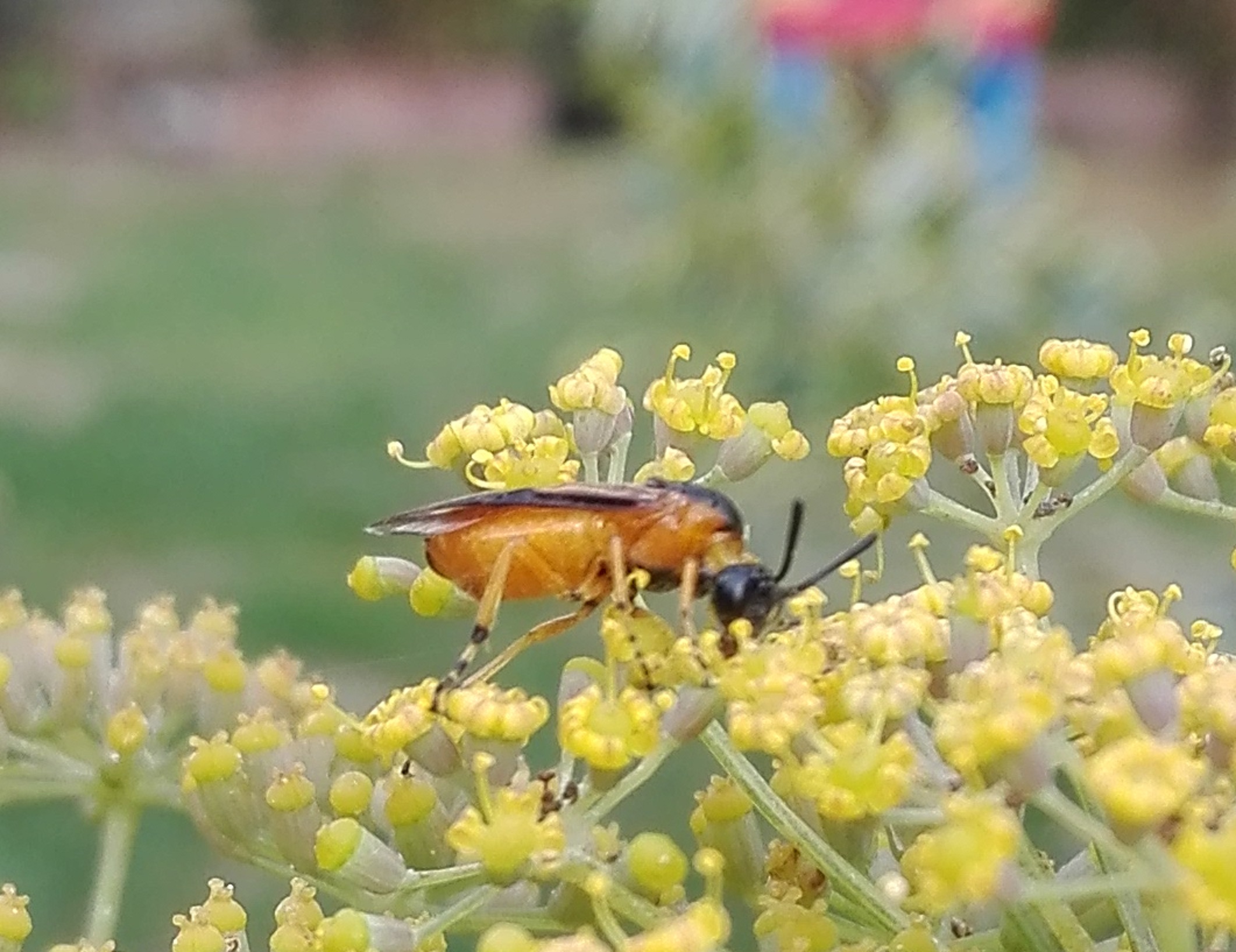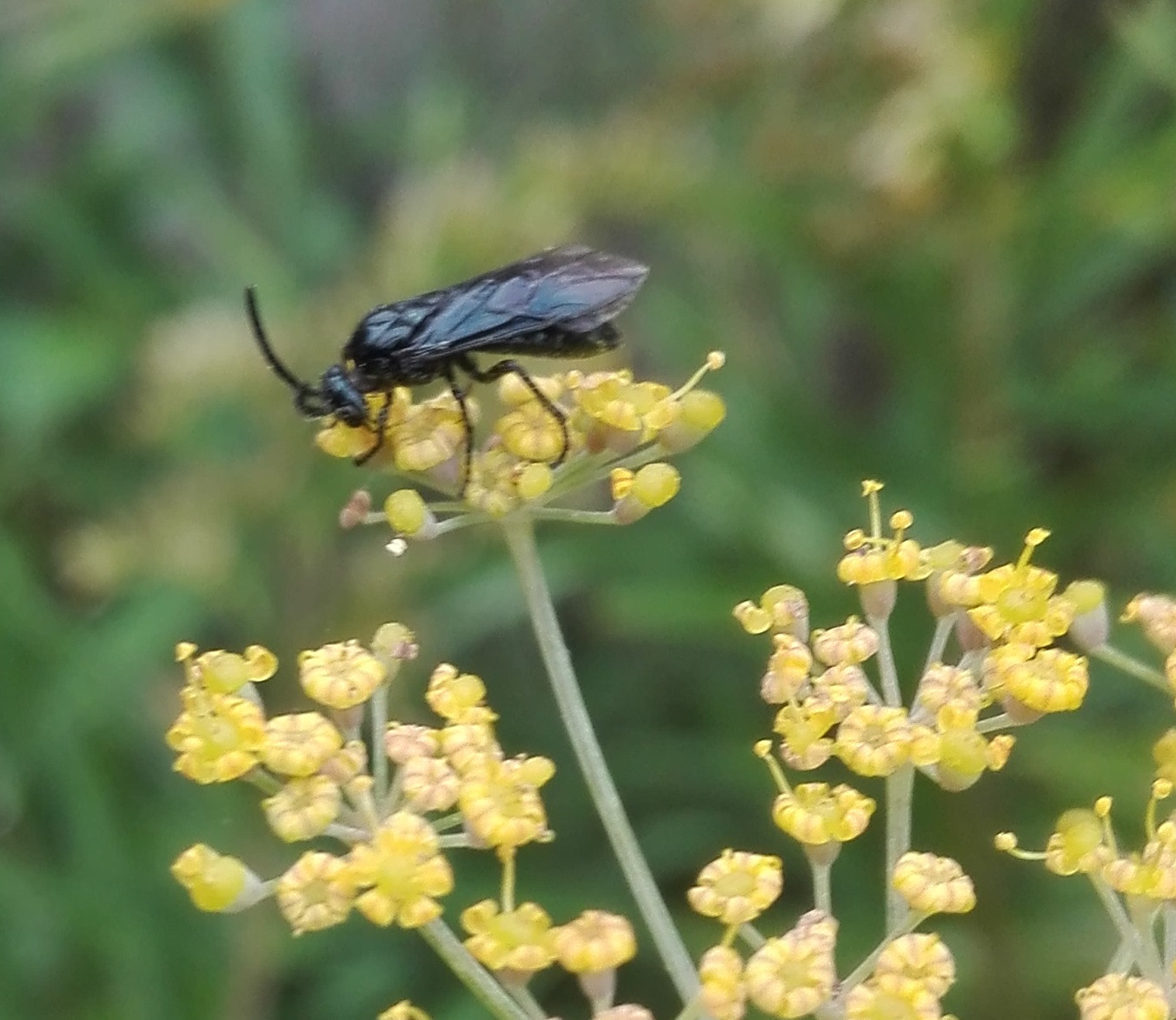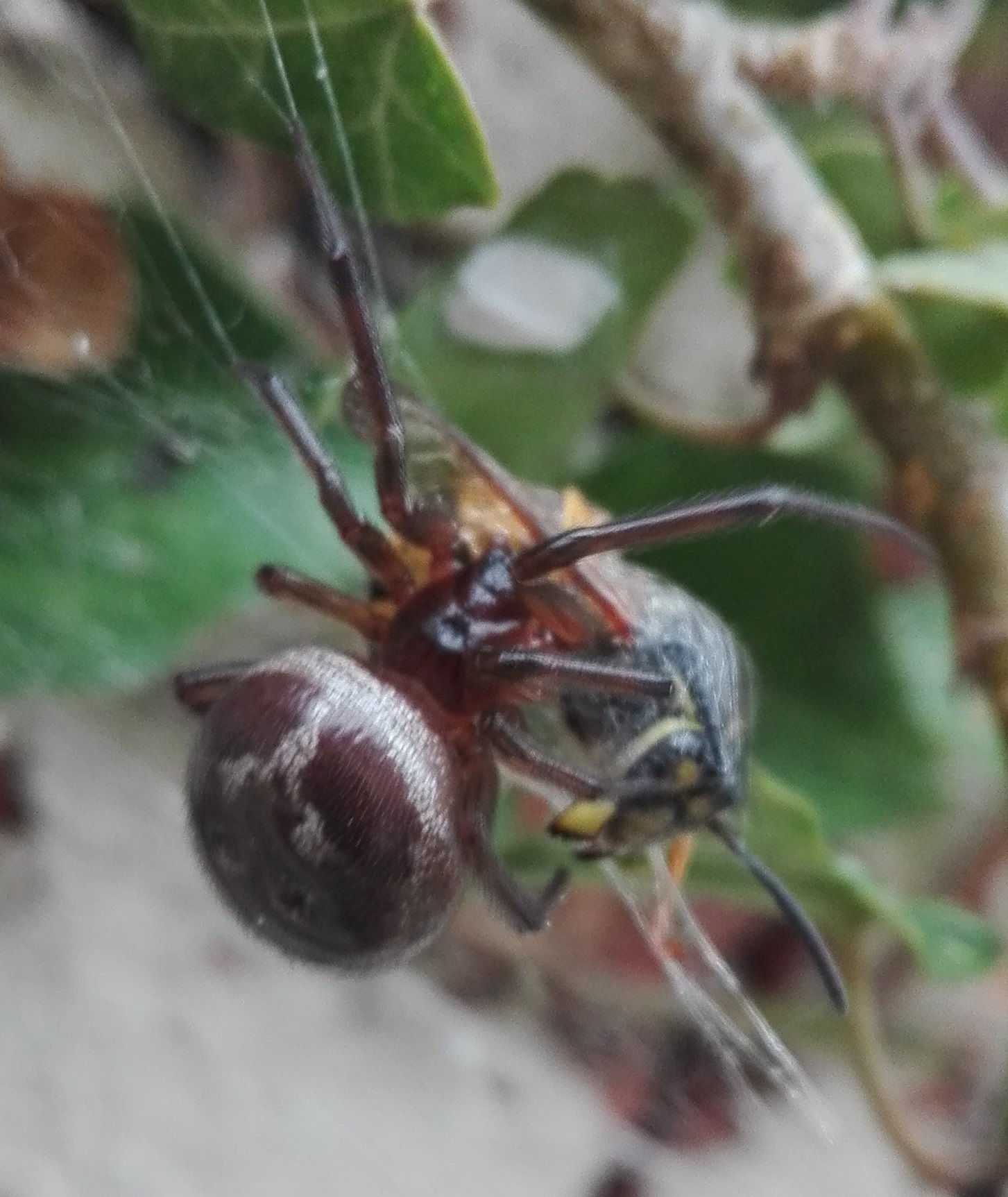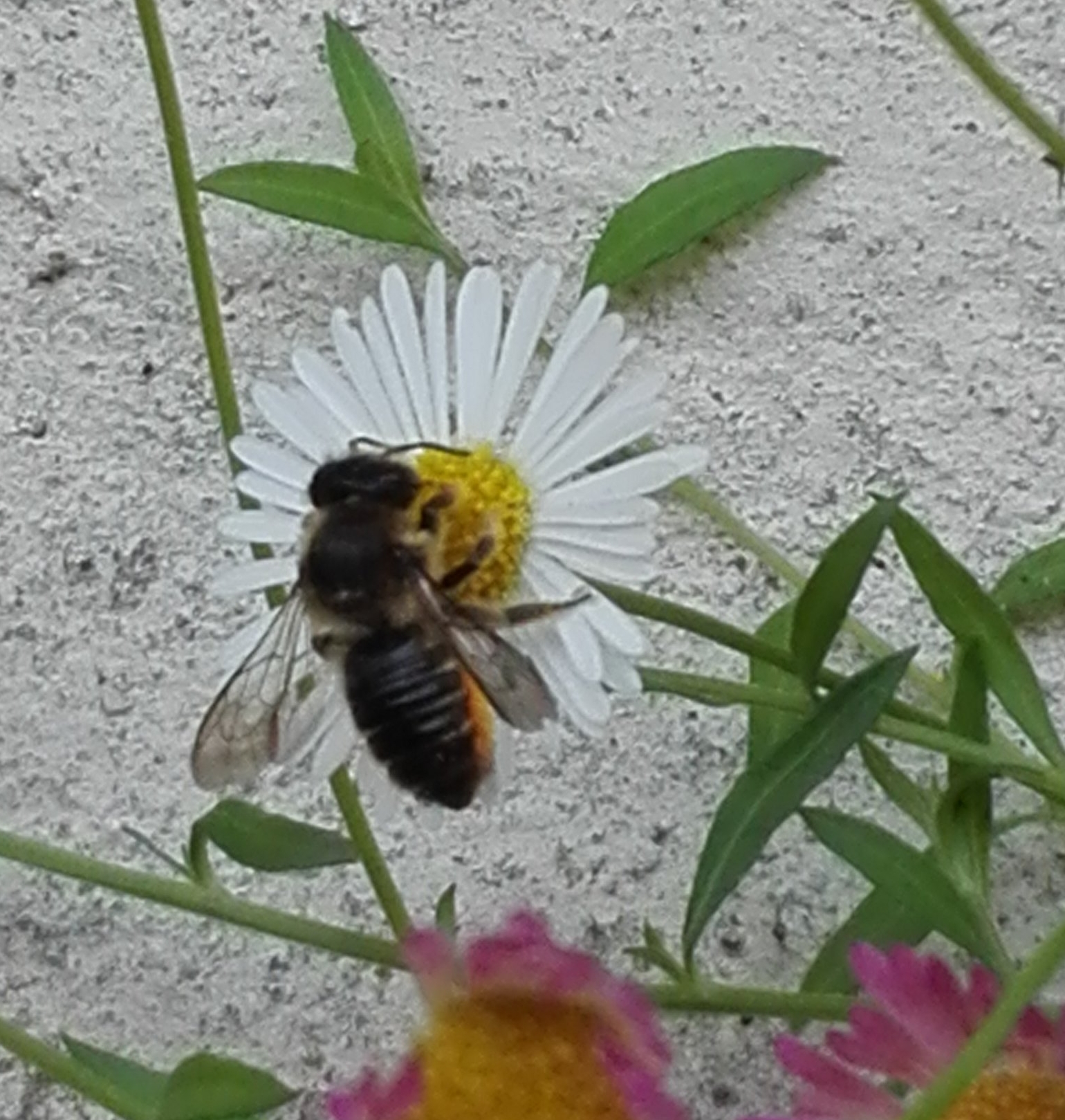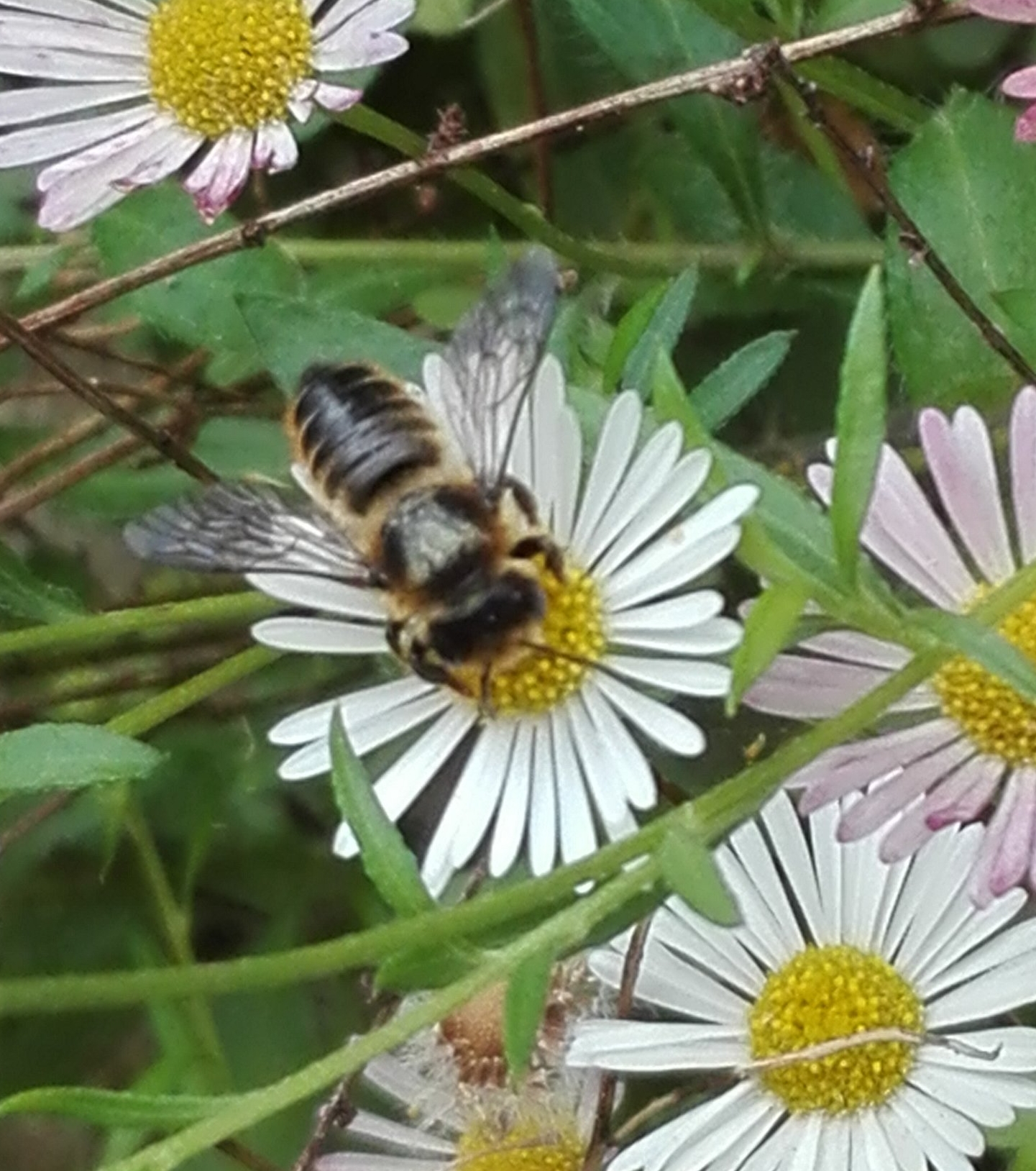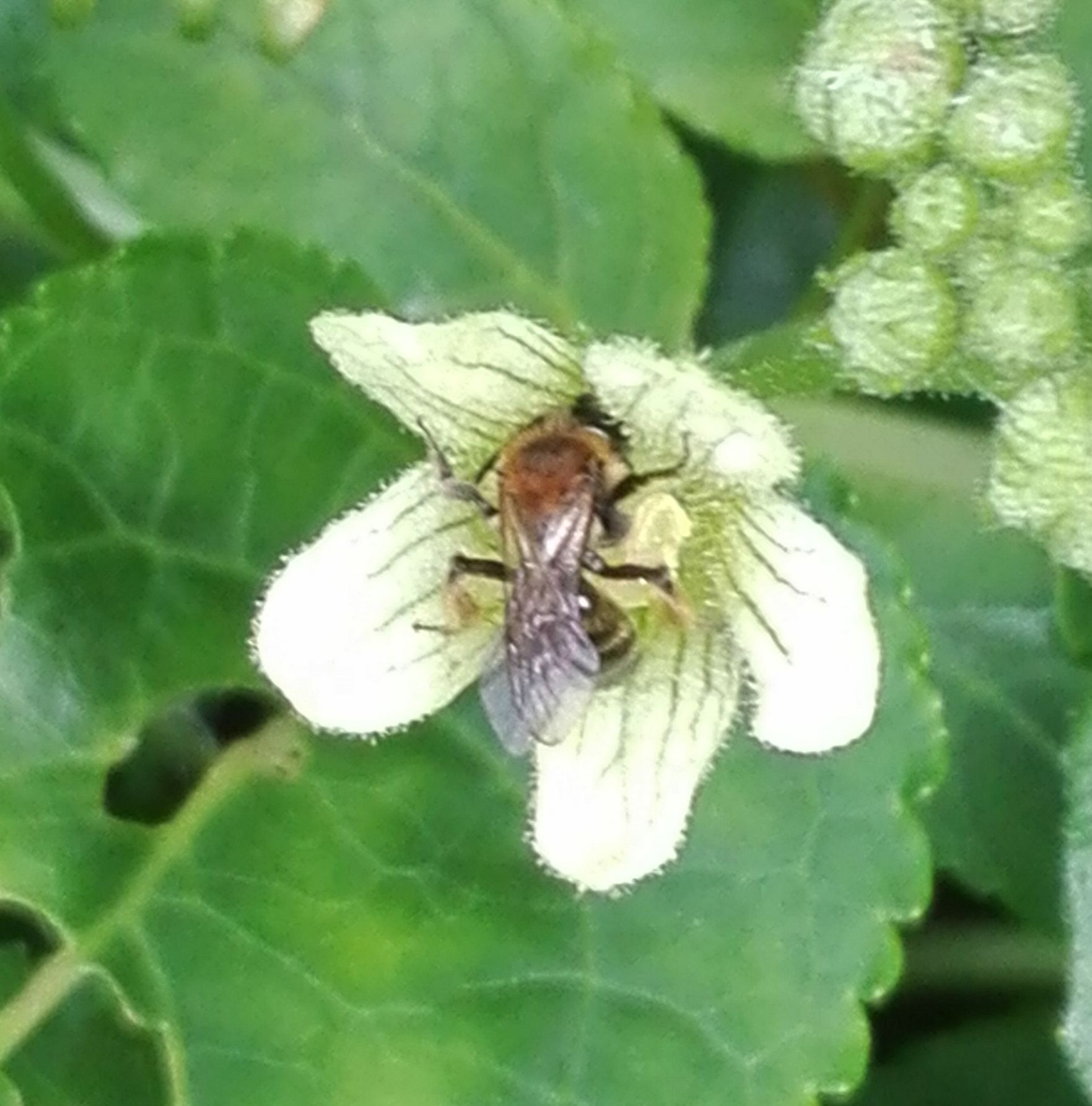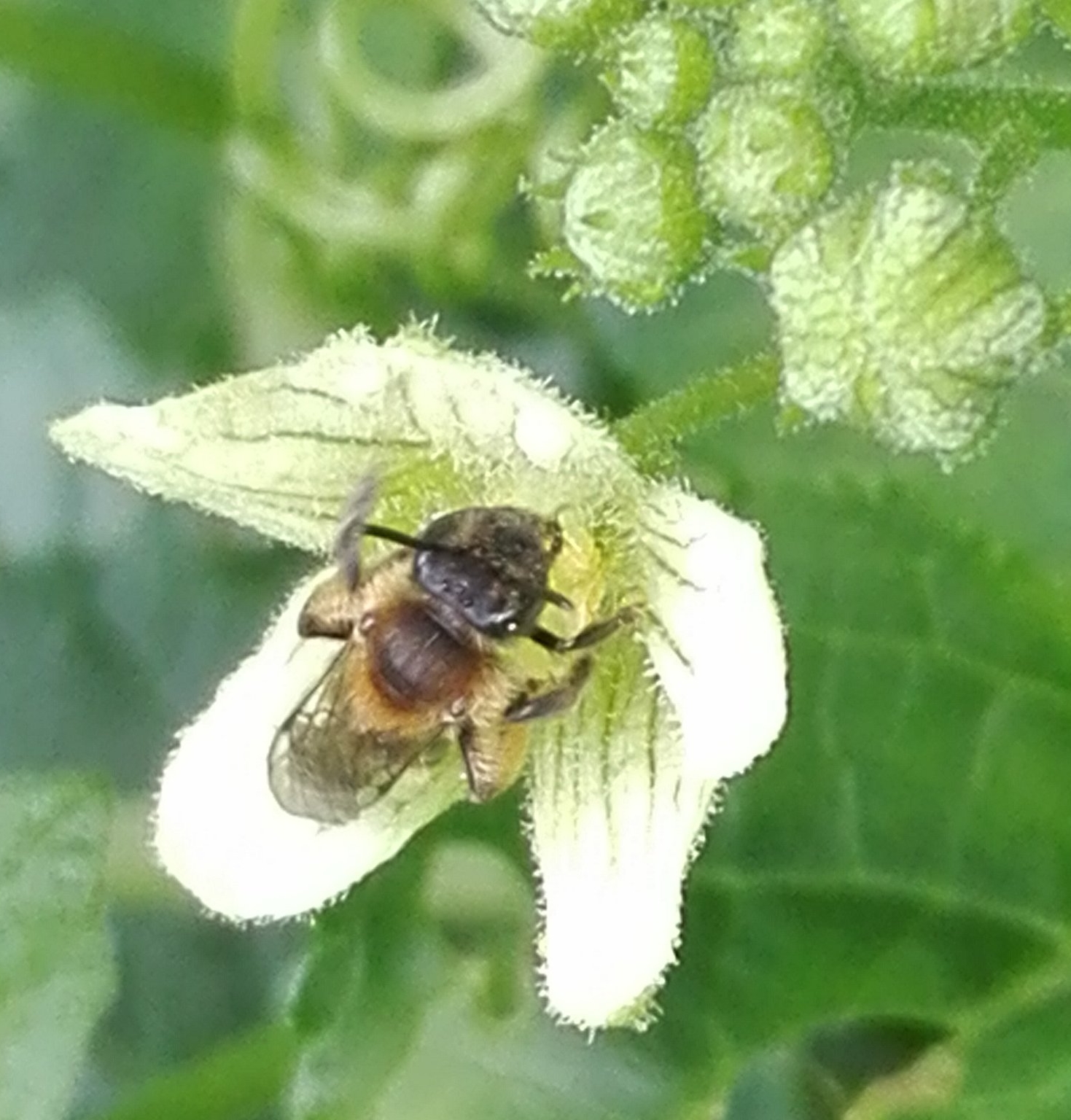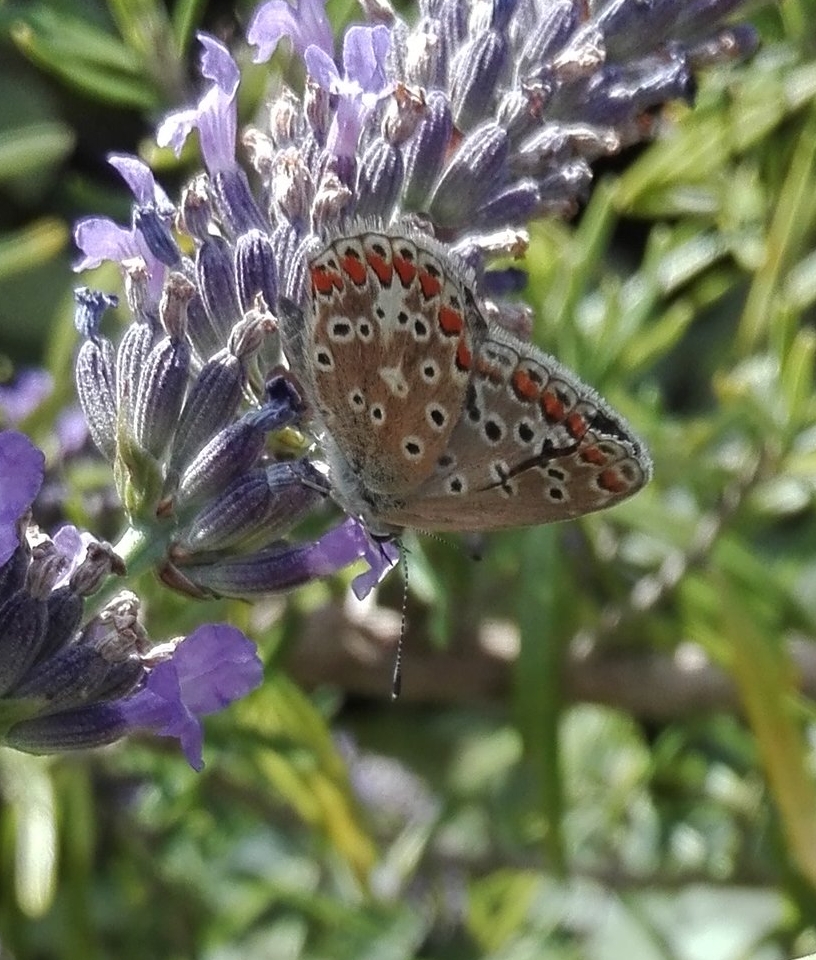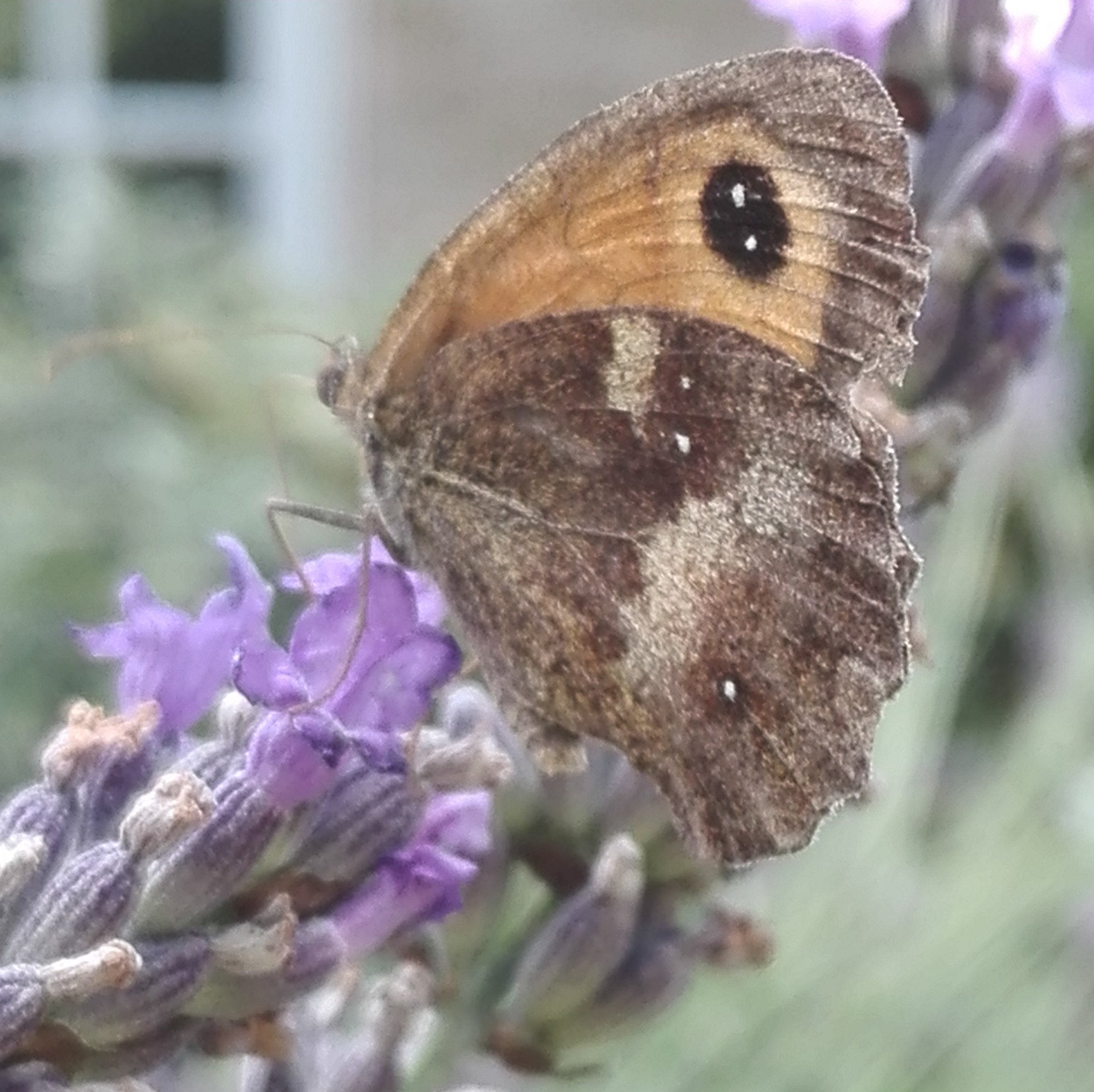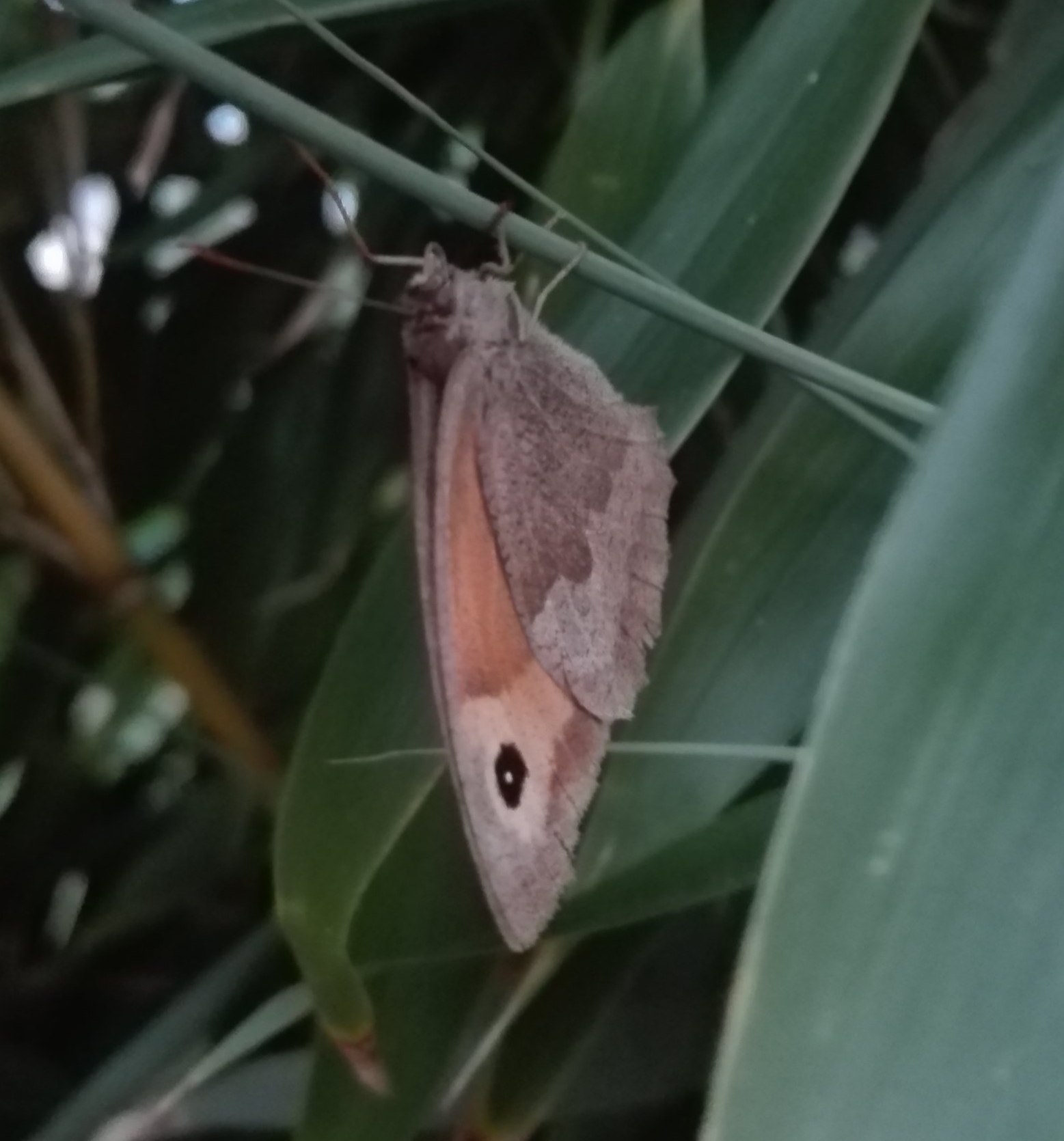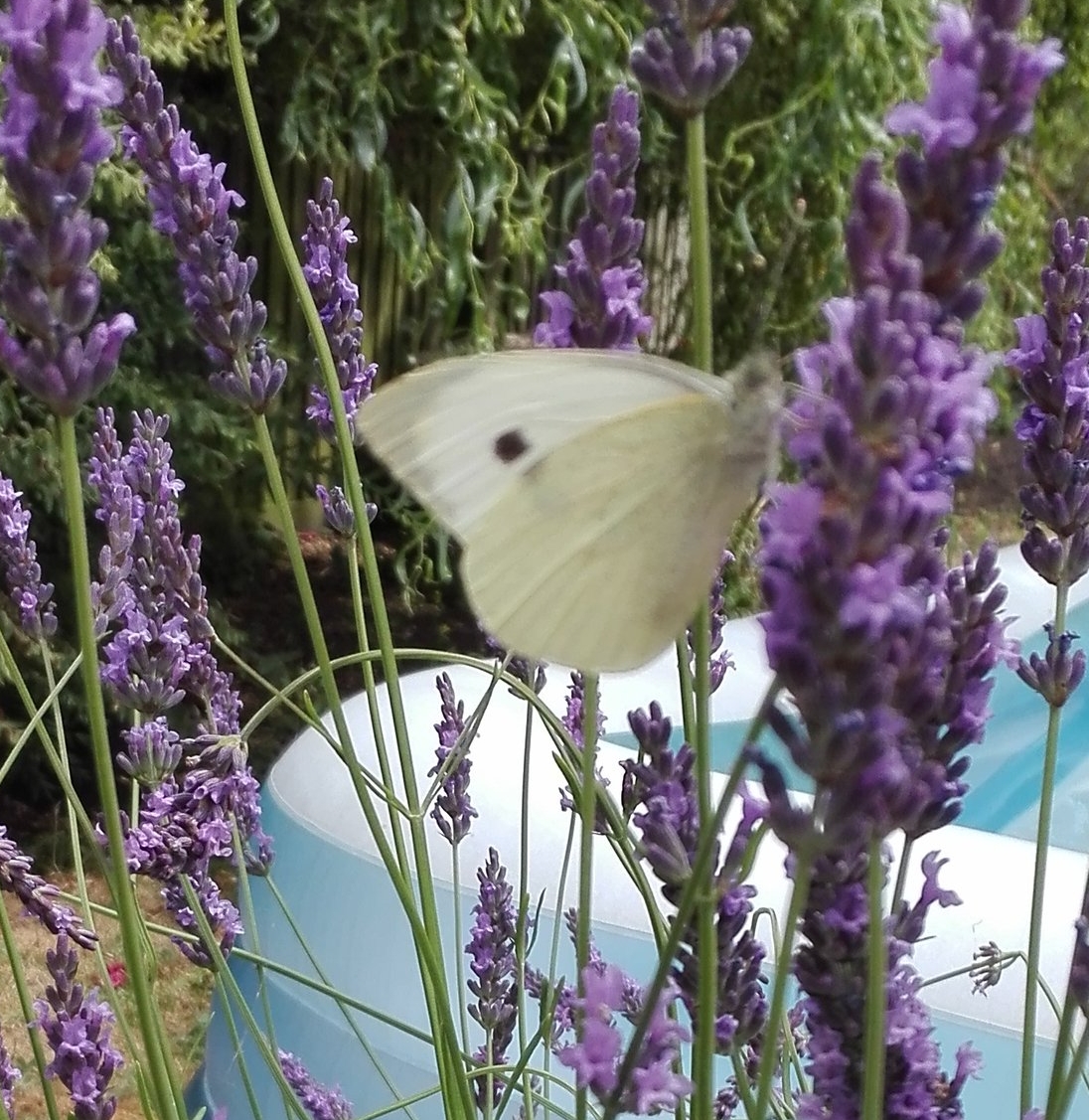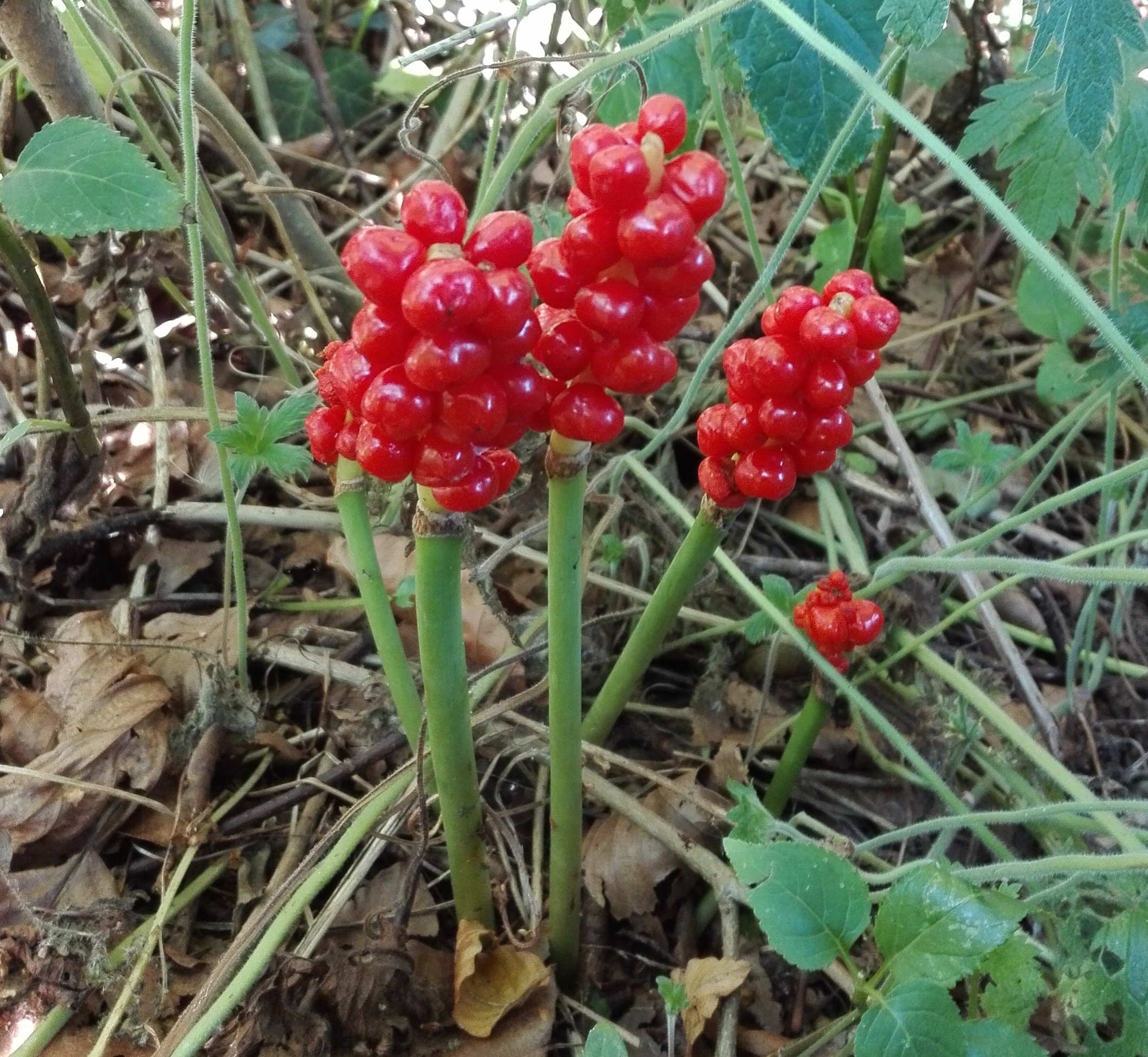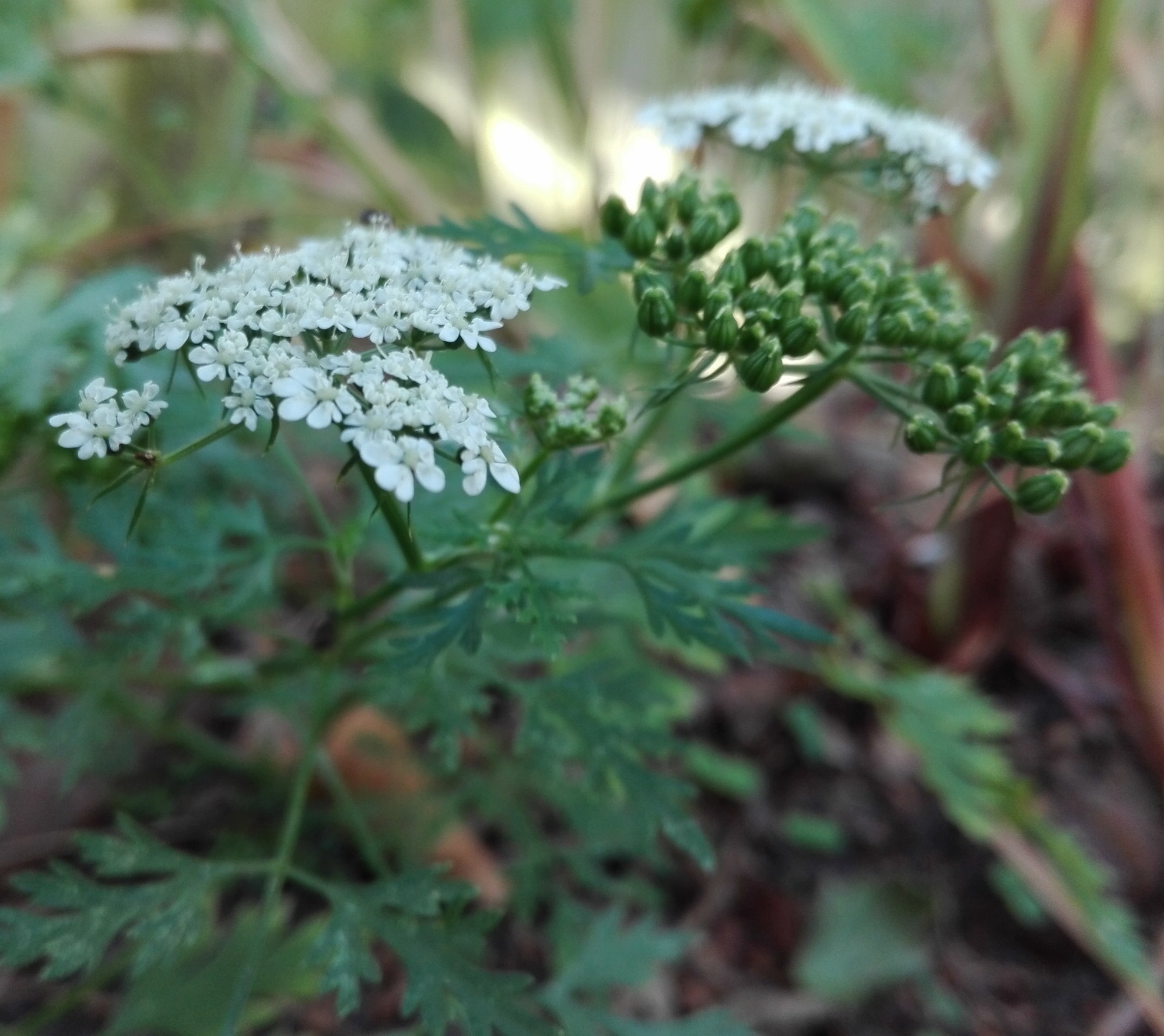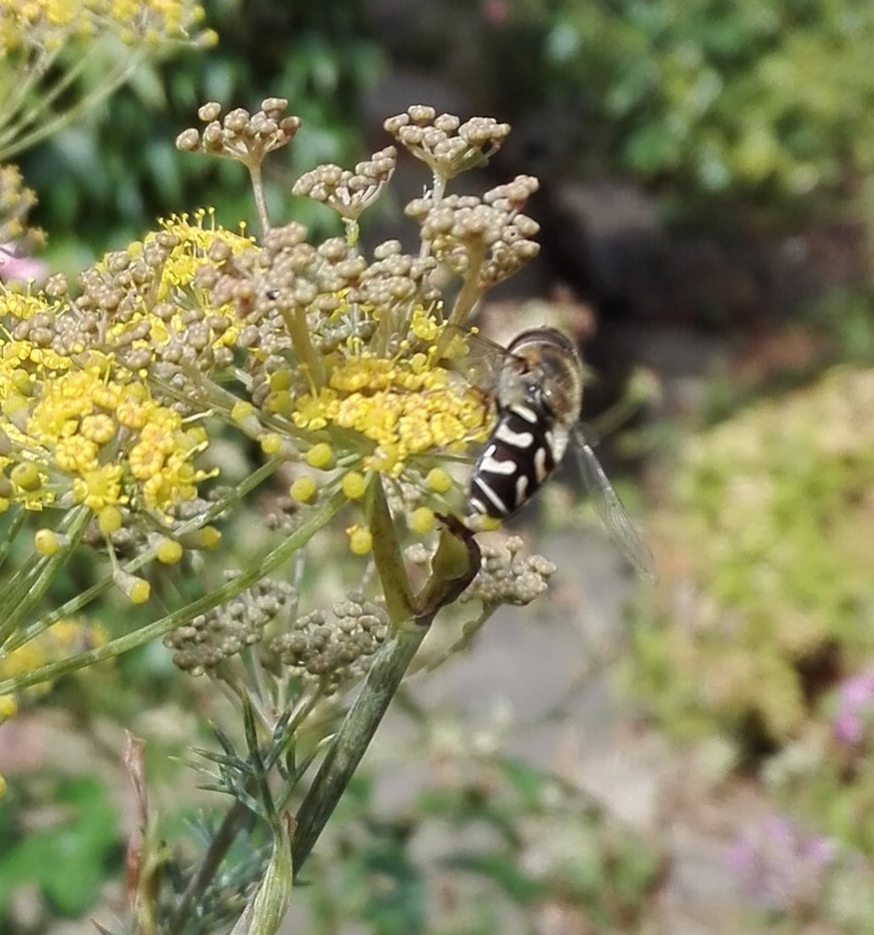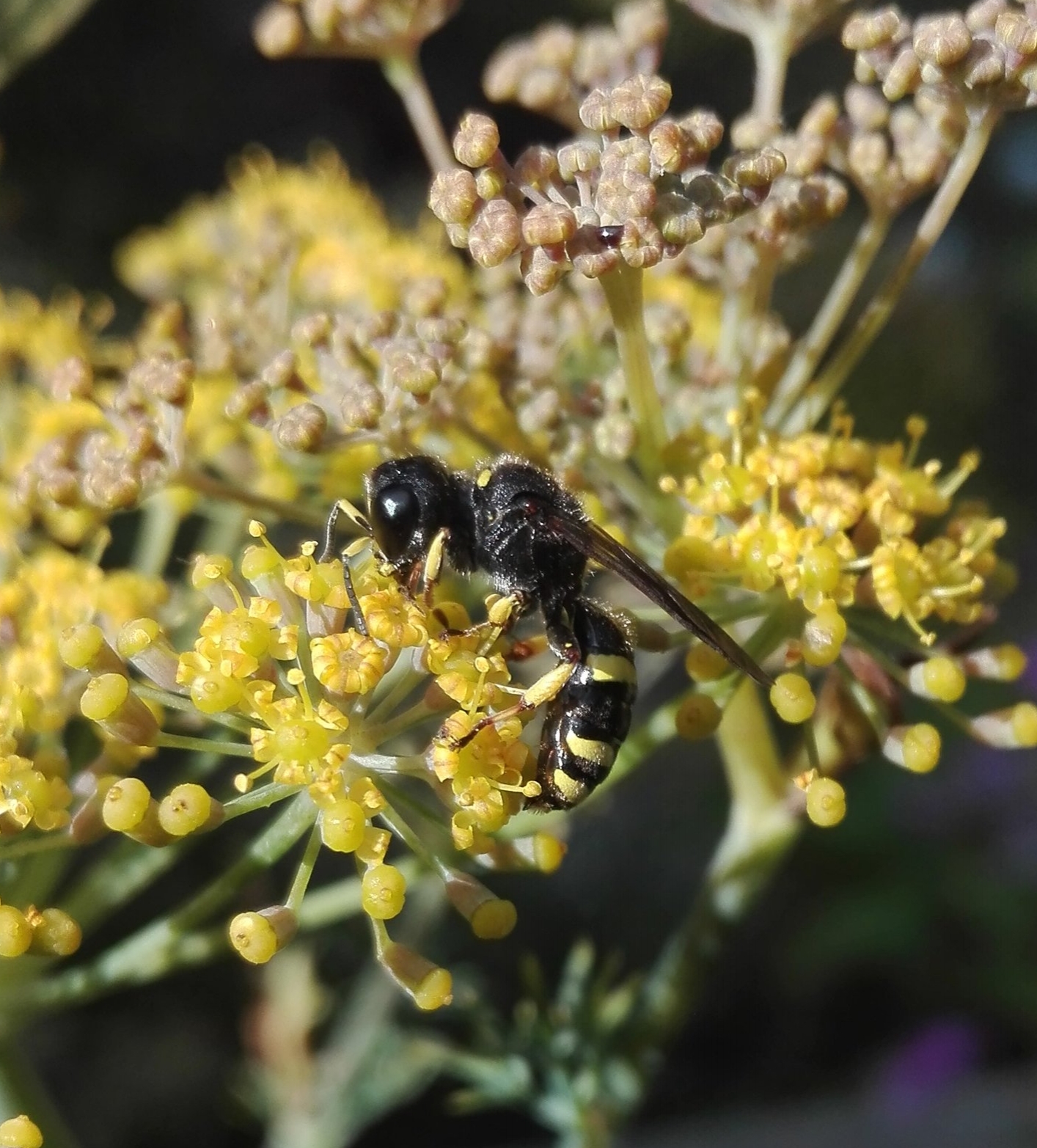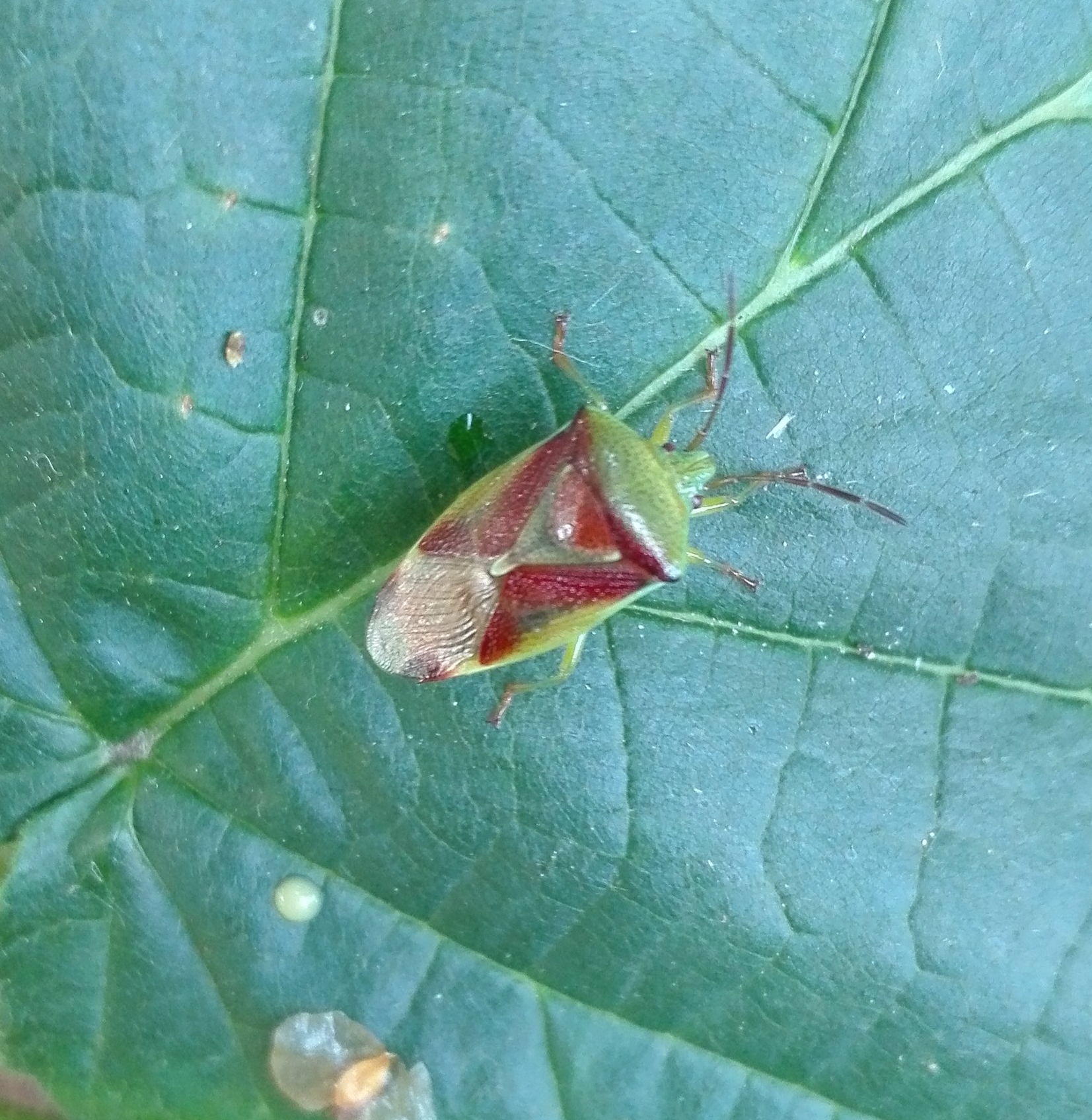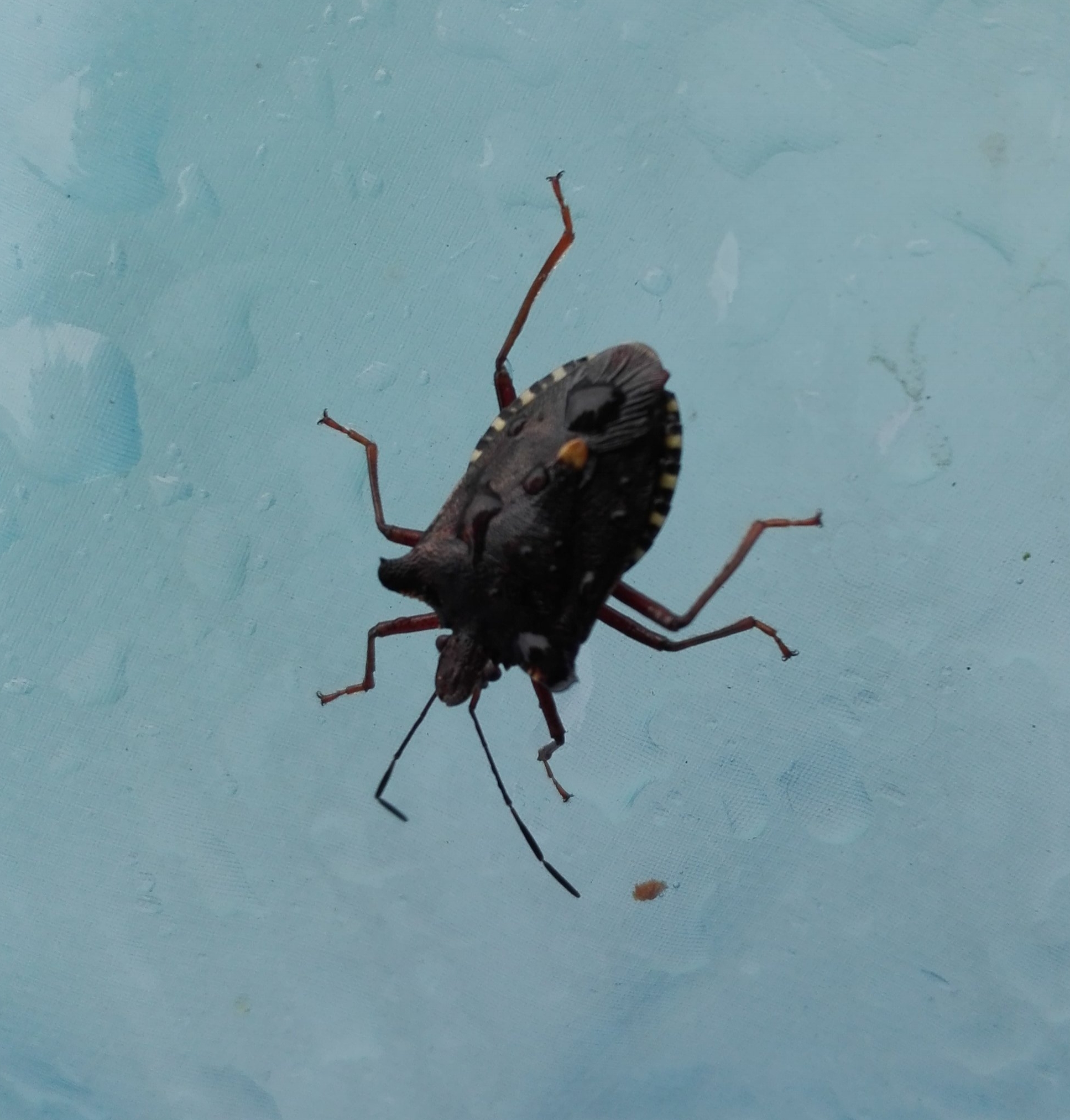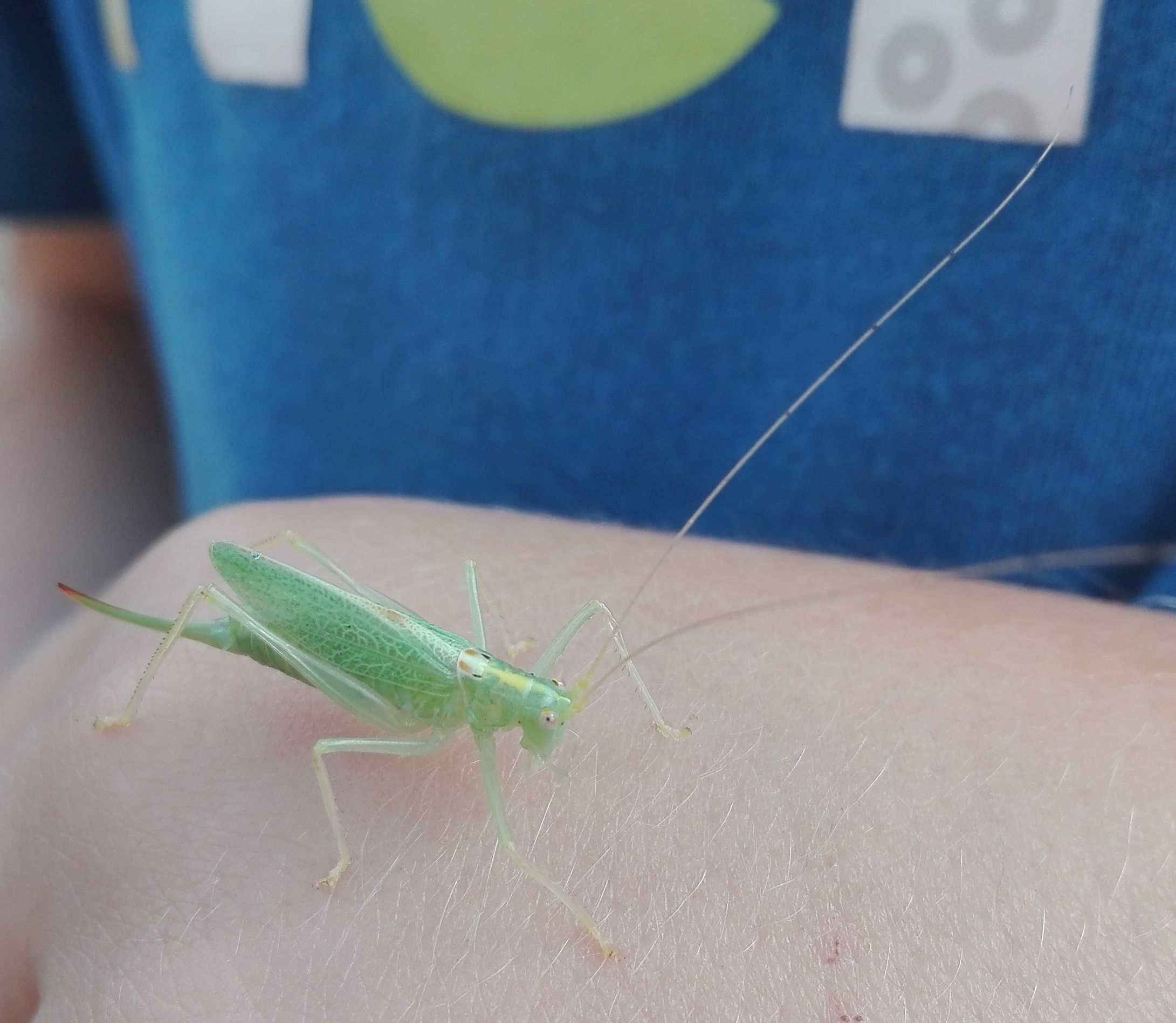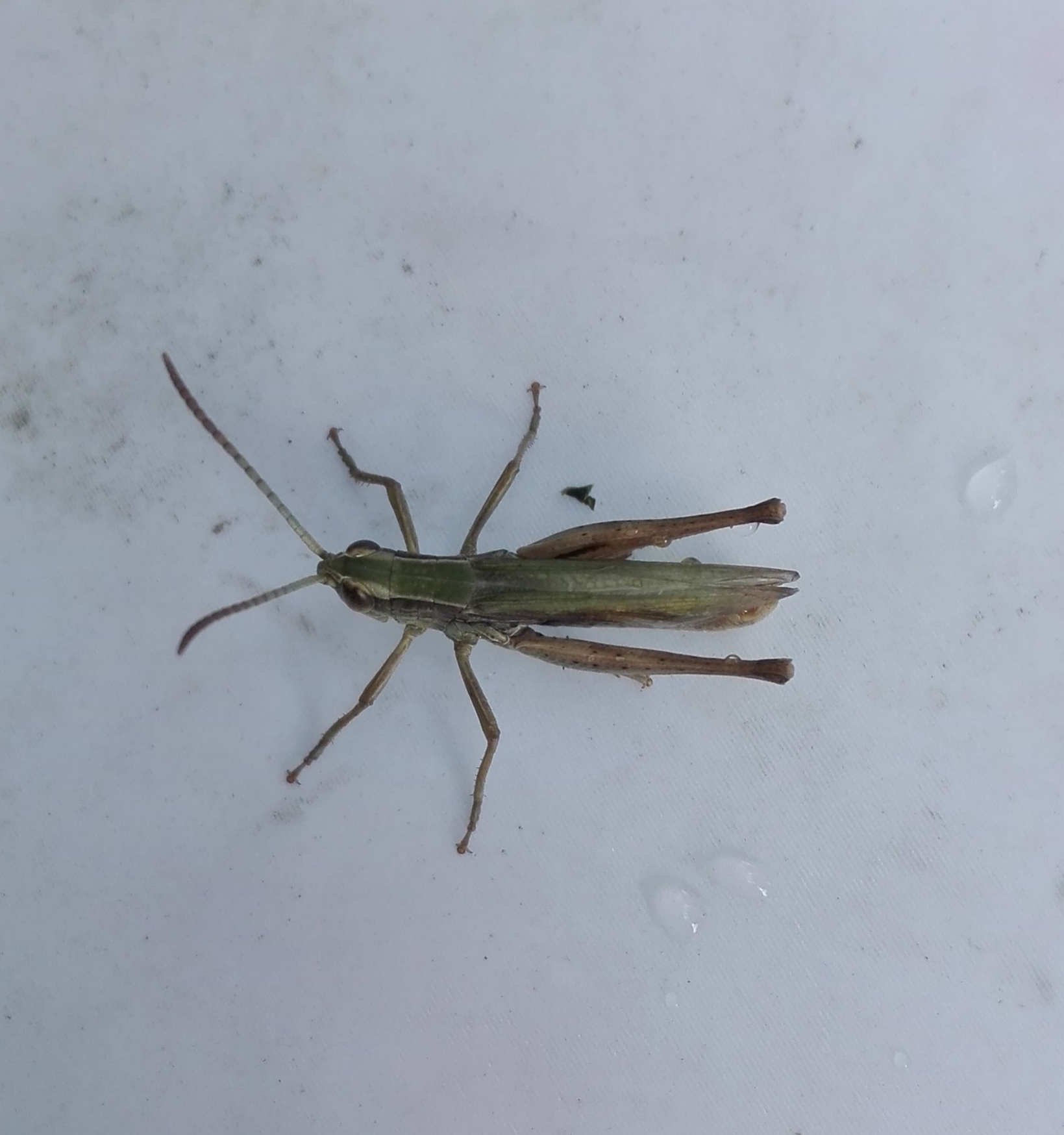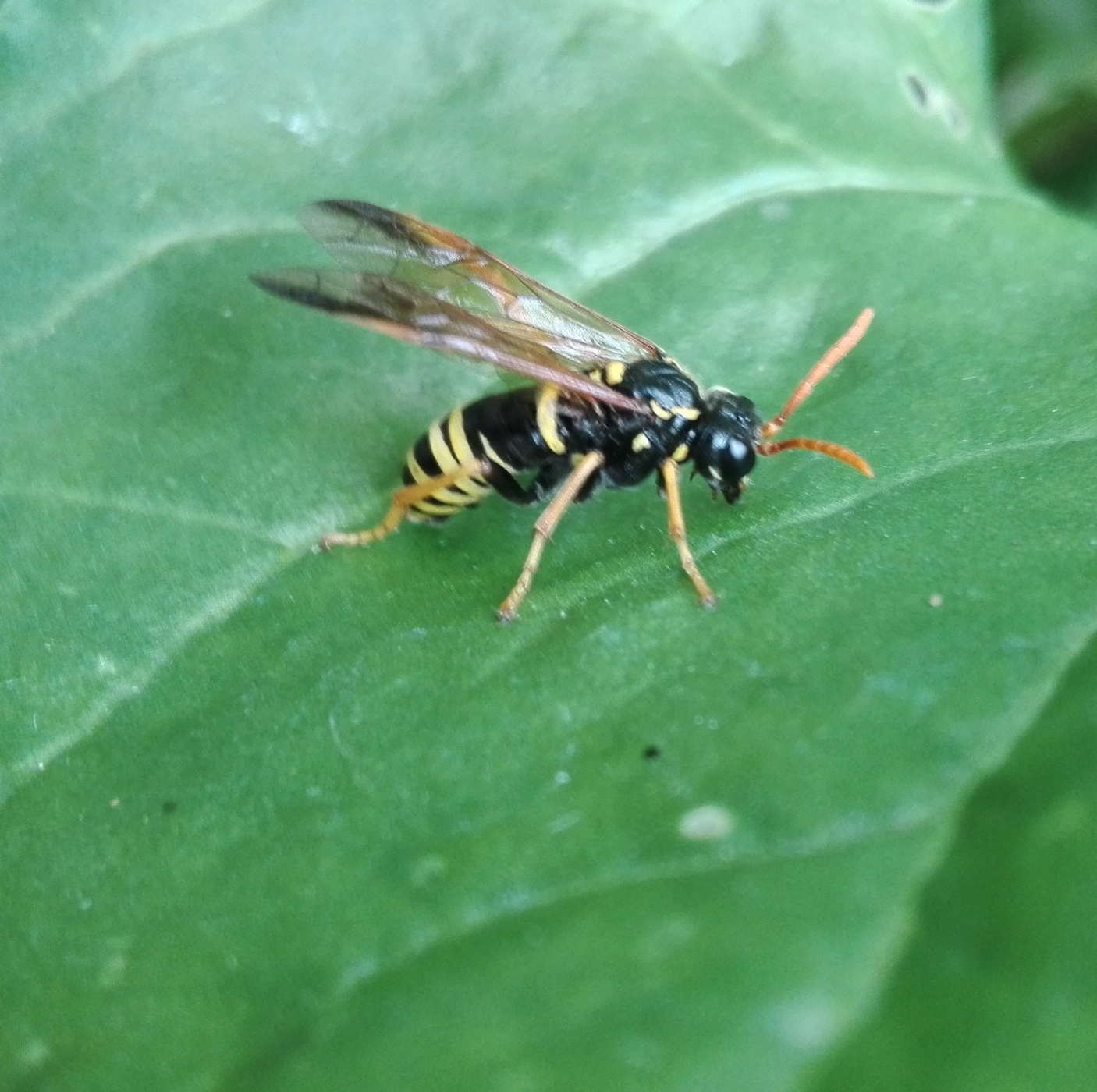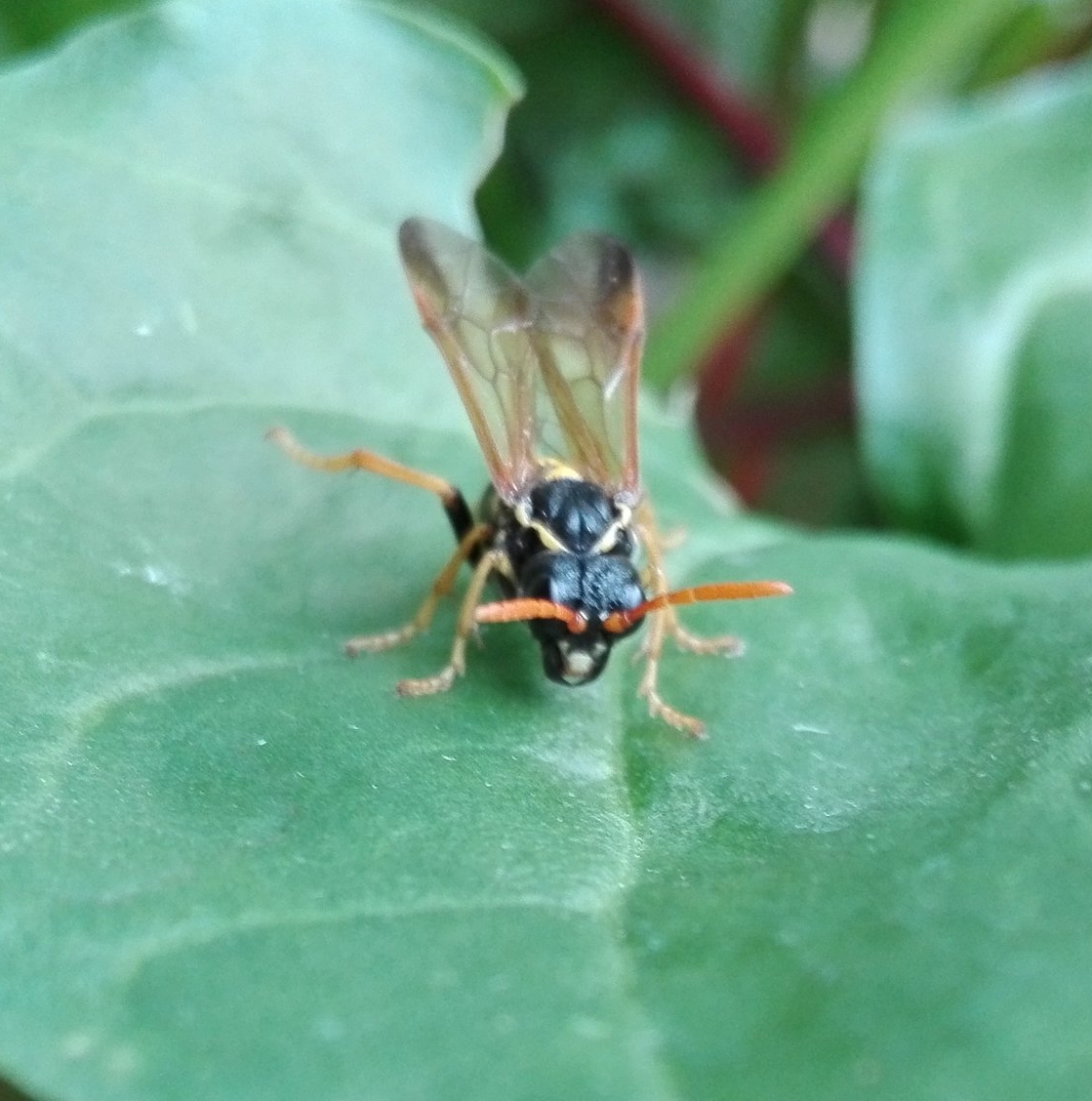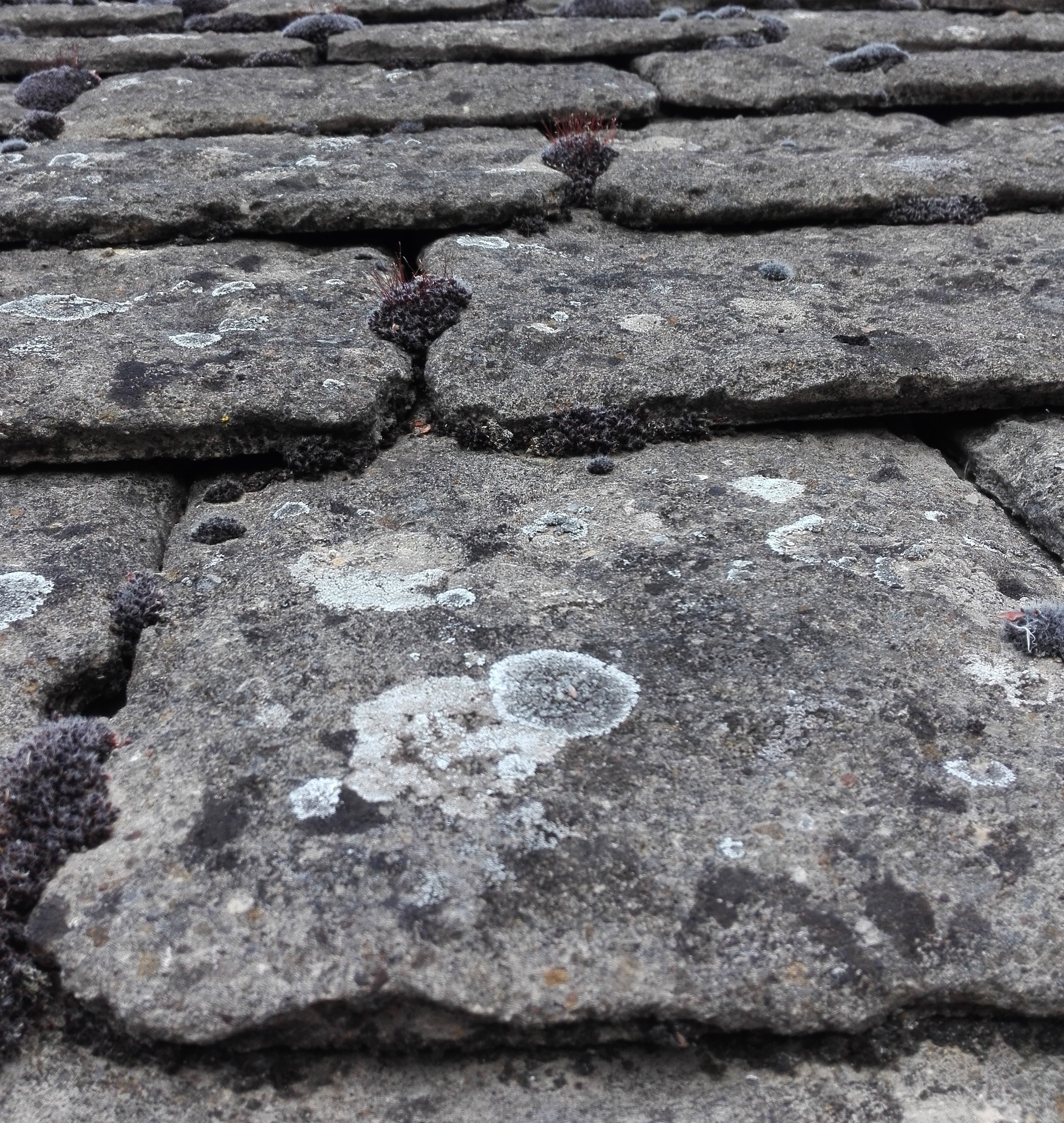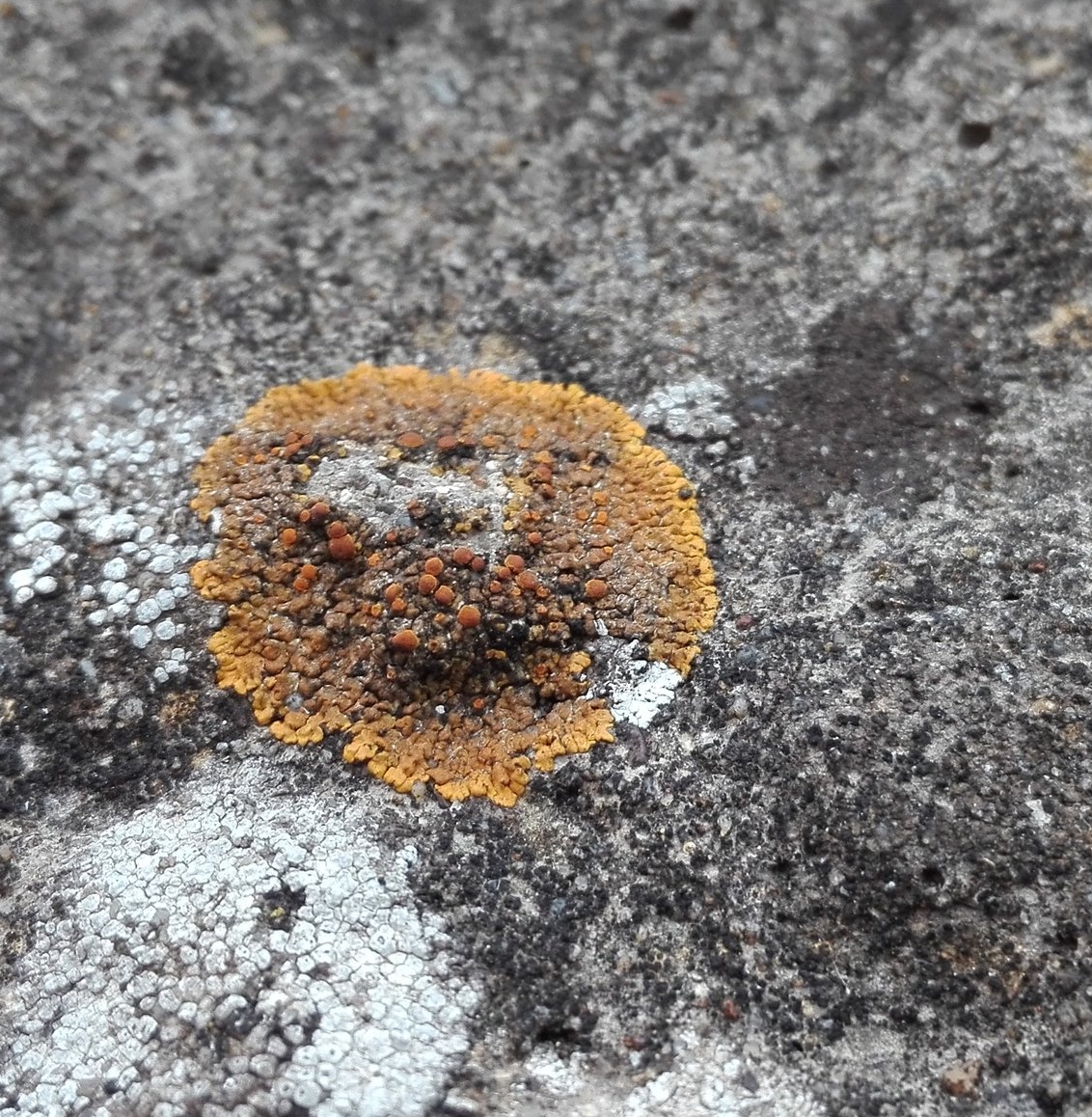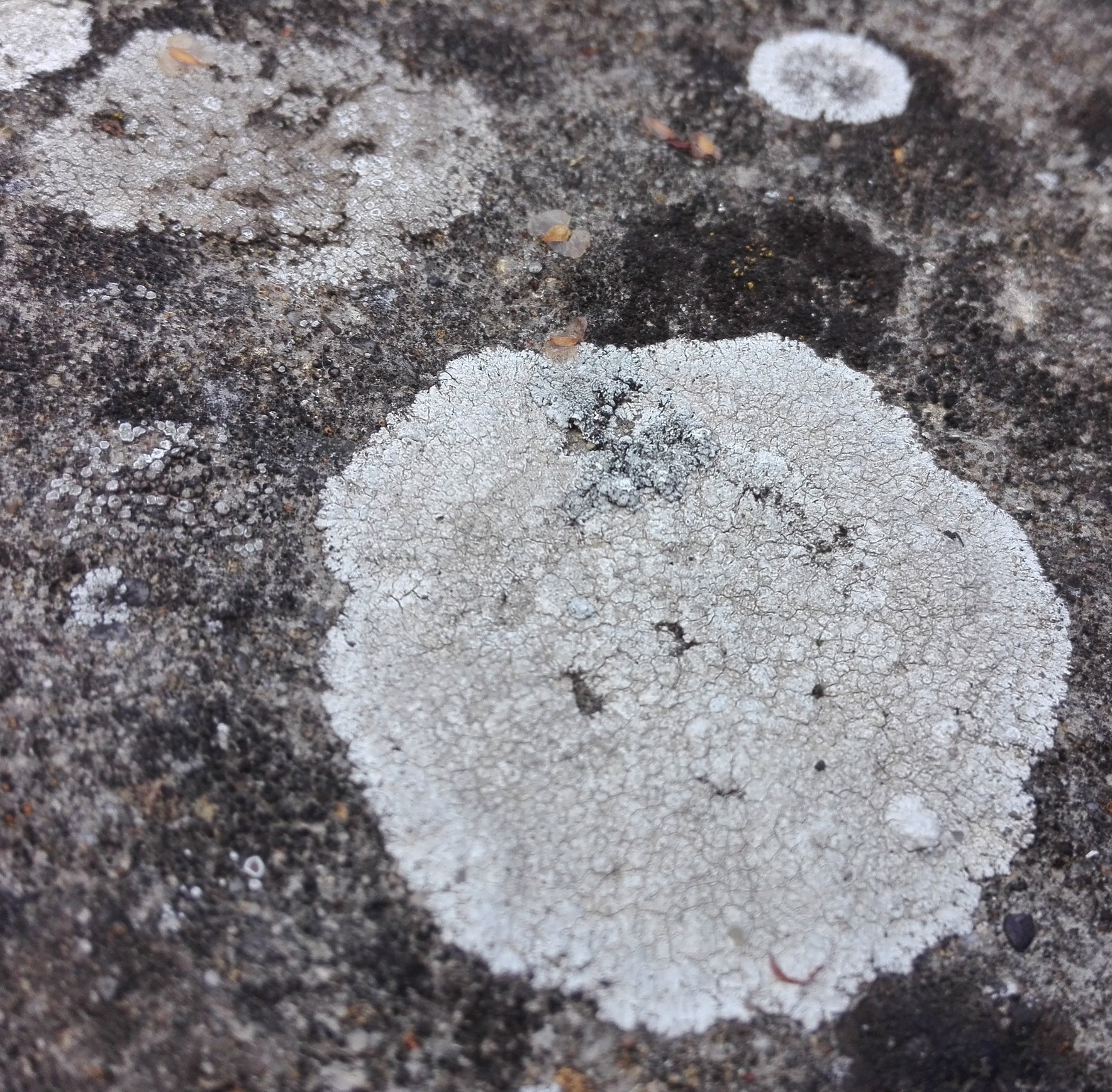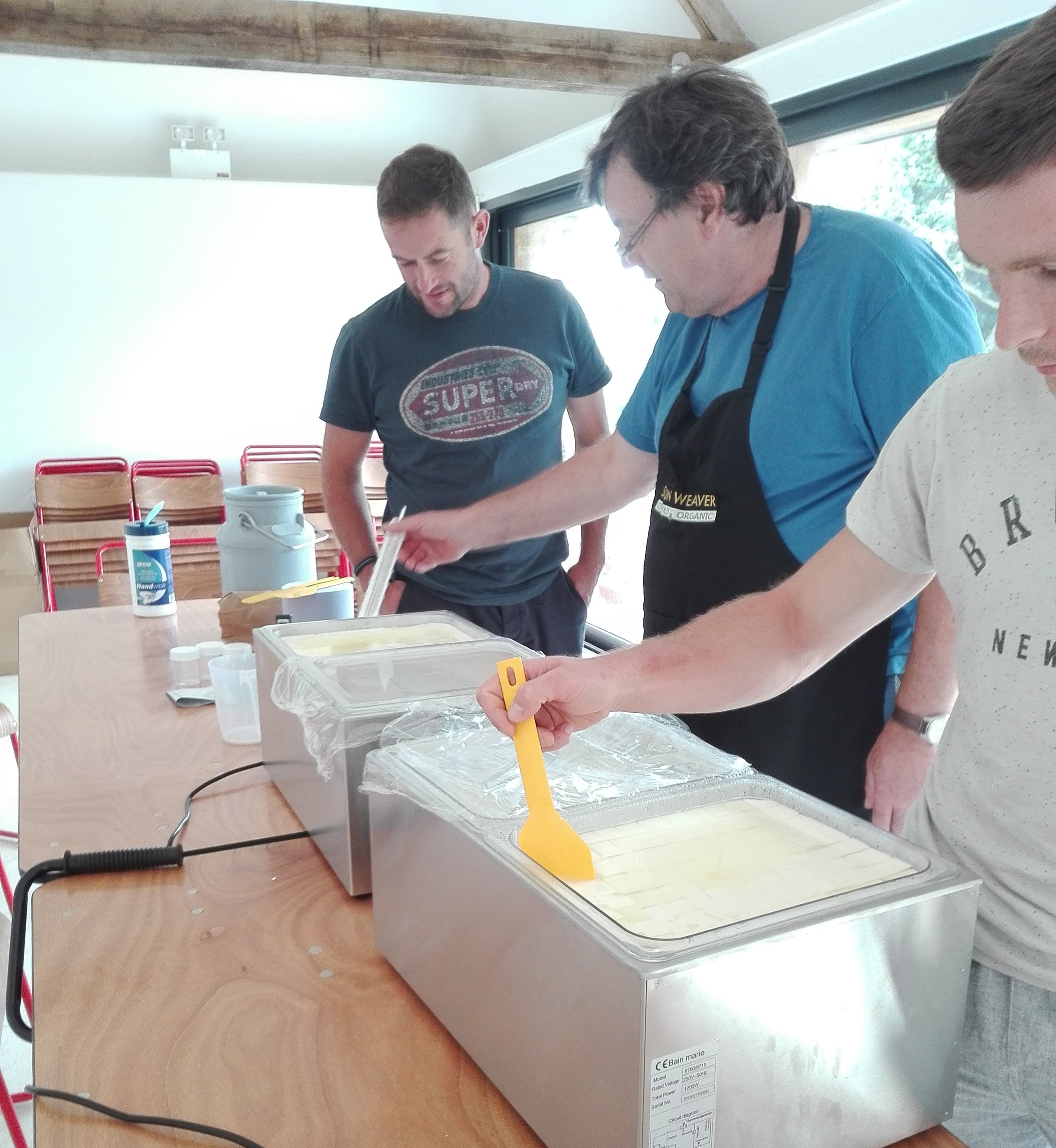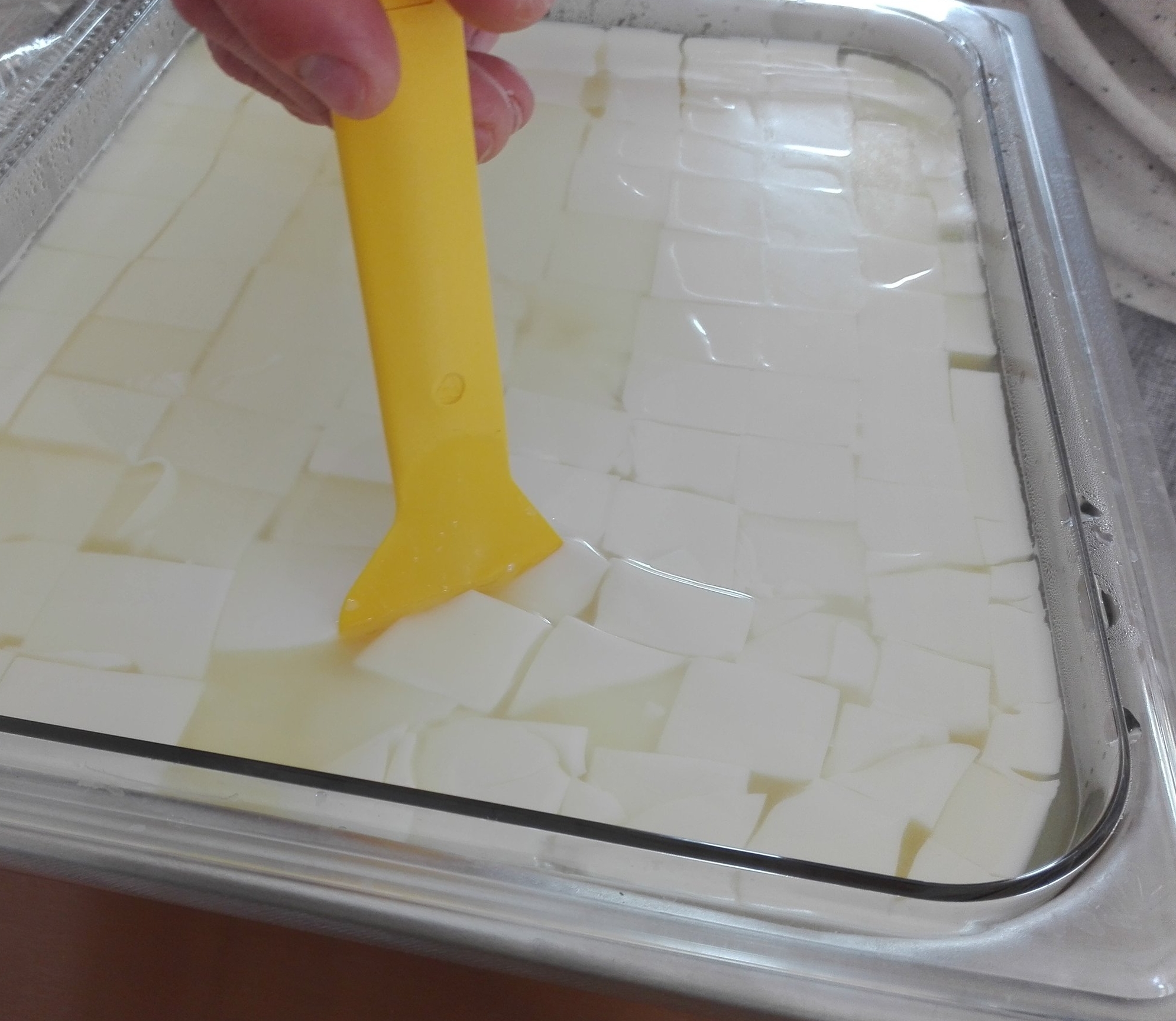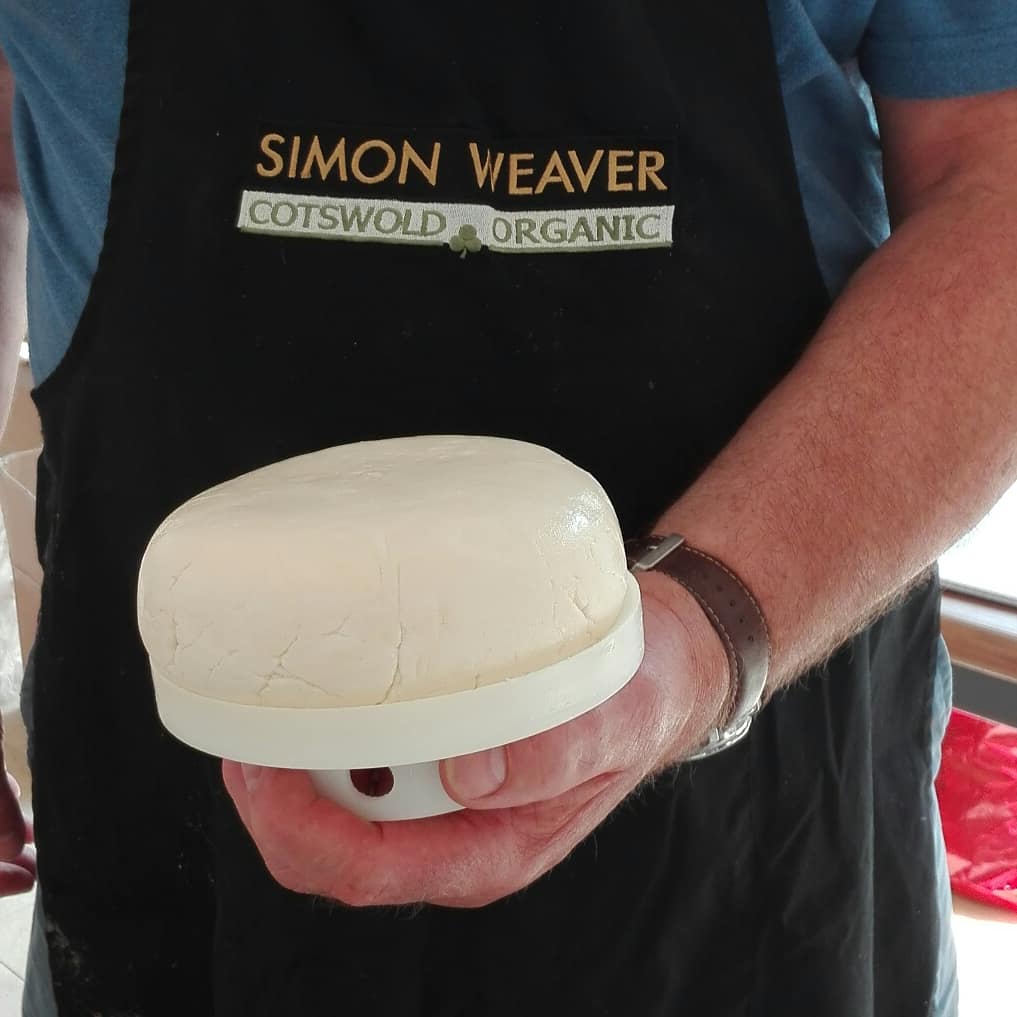Checking Out the Bug Hotel
/Ewan and I built this Bug Hotel earlier in the year from an old skip and various materials found around the garden. As it needed some repairs, we thought it was also a good time for a quick look what guests had checked in (trying not to disturb the clientele too much).
The results were pretty good - quite a large collection of creatures, were present. Common Rough Woodlouse (#64) was the most numerous guest, dozens of them, bunking up with various snails, a Budapest Keeled Slug (#330), a couple of Lob Worms (#73) and two White-legged Snake Millipede (#208) on the ground floor. Elsewhere we found a Flea Beetle (looking like #161 Crepidodera fulvicornis) perhaps prospecting a snug spot for hibernation, an empty moth/butterfly cocoon, some solitary bee nests in the holes drilled in the pallet and a whole lot of different spiders, including Rabbit-hutch Spider (#337), a harvestman (#334 Paroligolophus agrestis) and a quite large and well marked spider (photo below) that I still have to identify.
This shows quite well that if you build a Bug Hotel, they will come.


